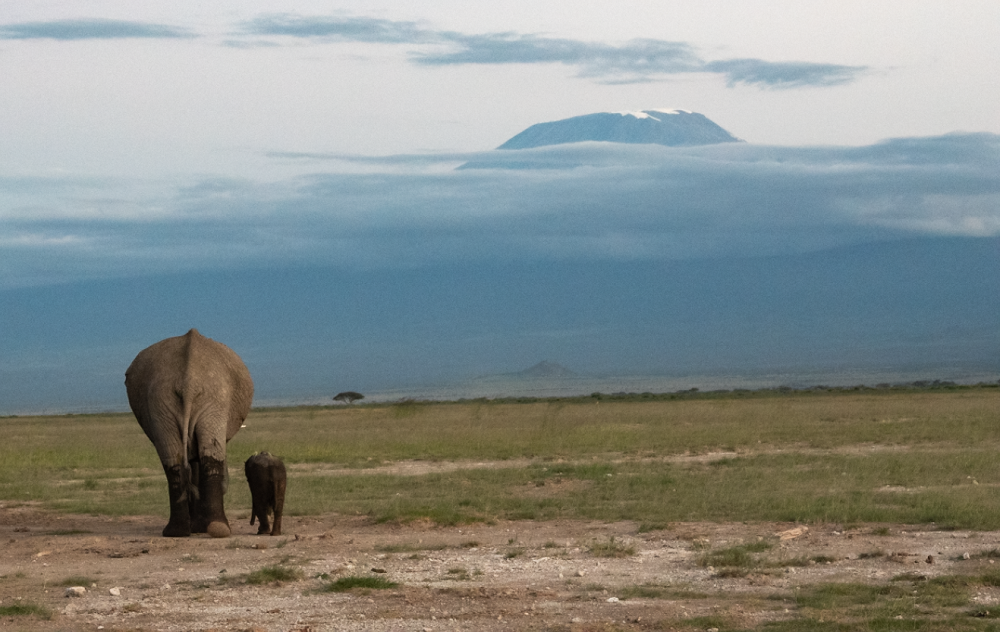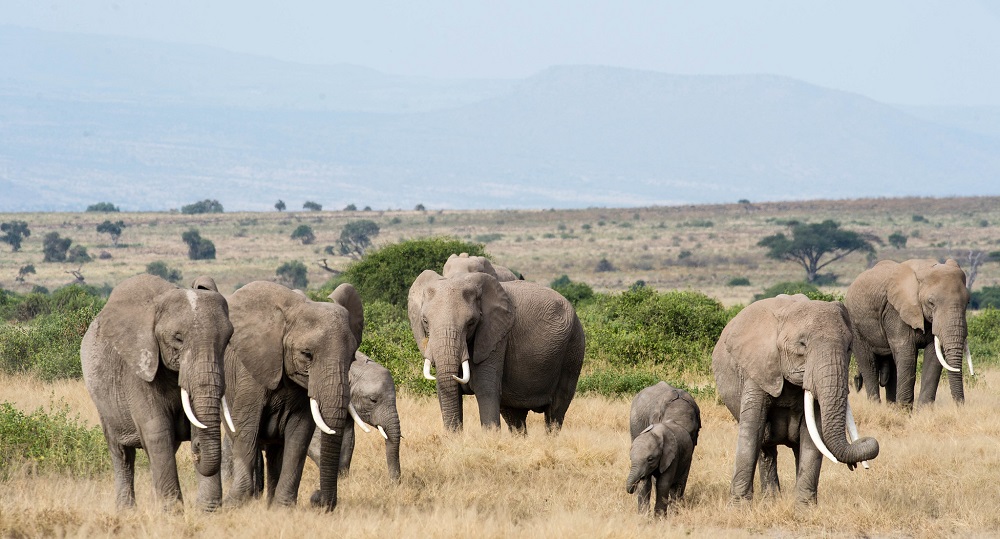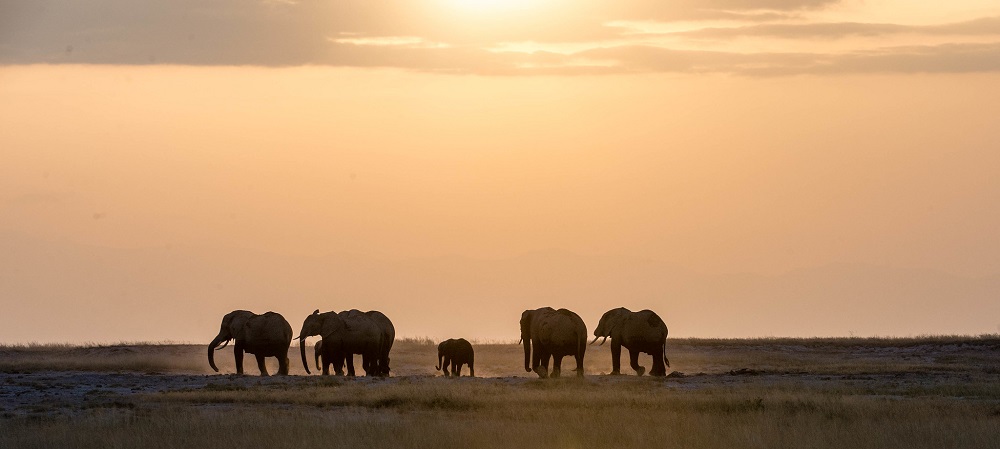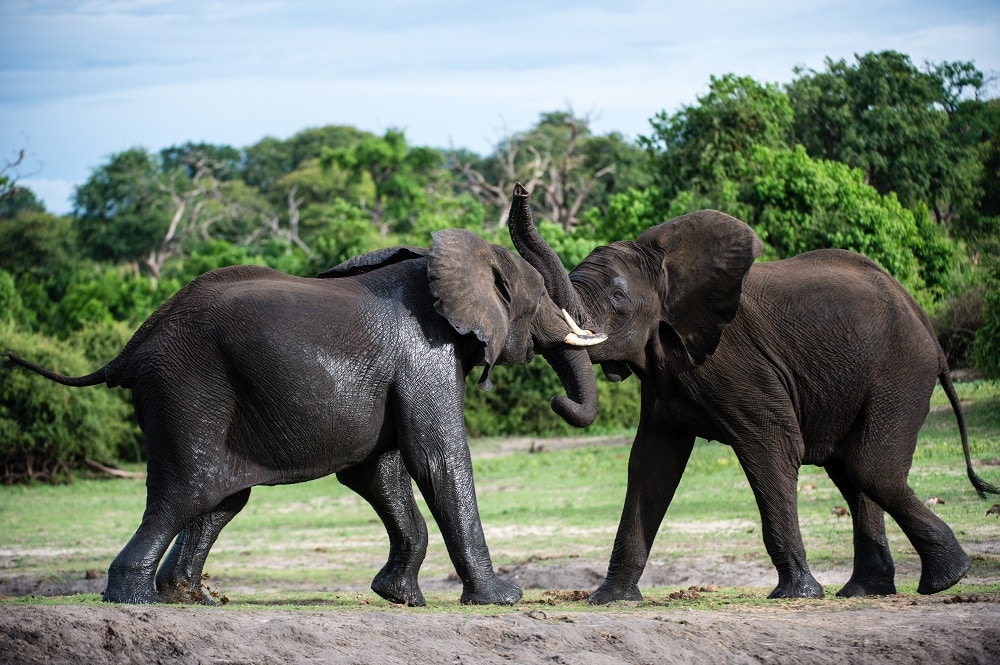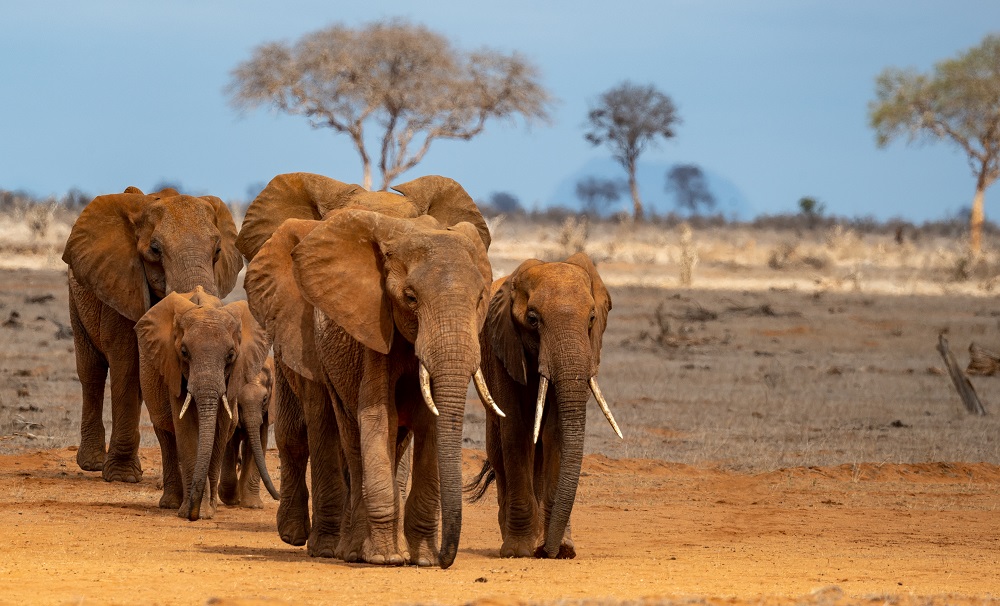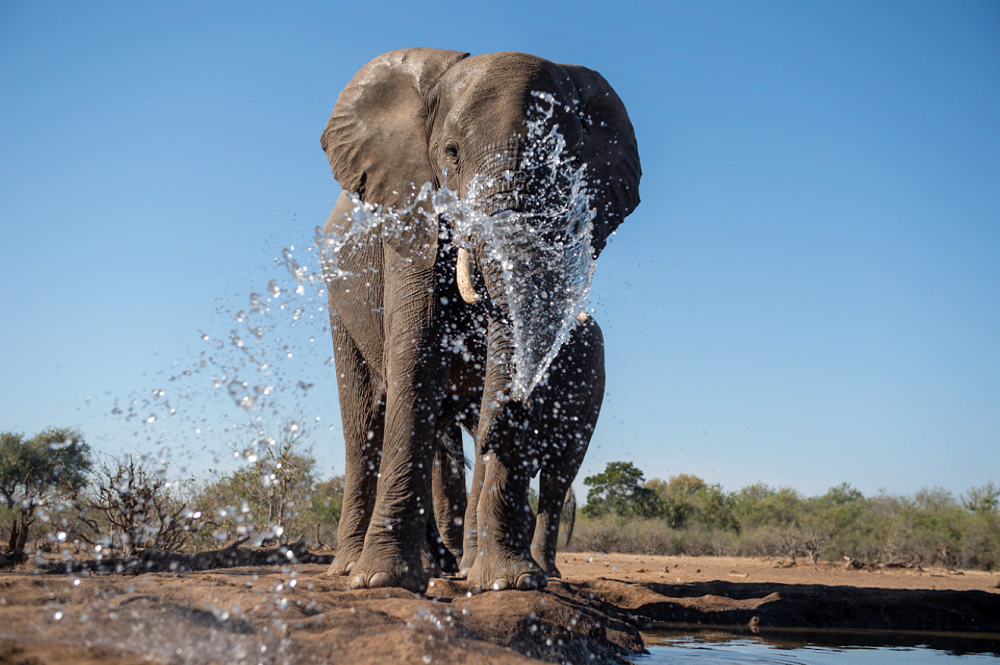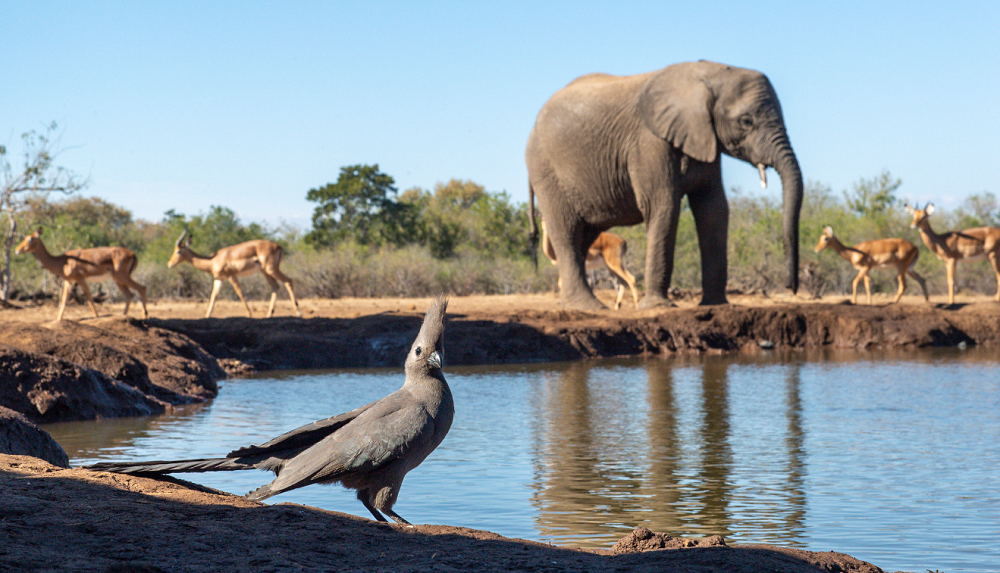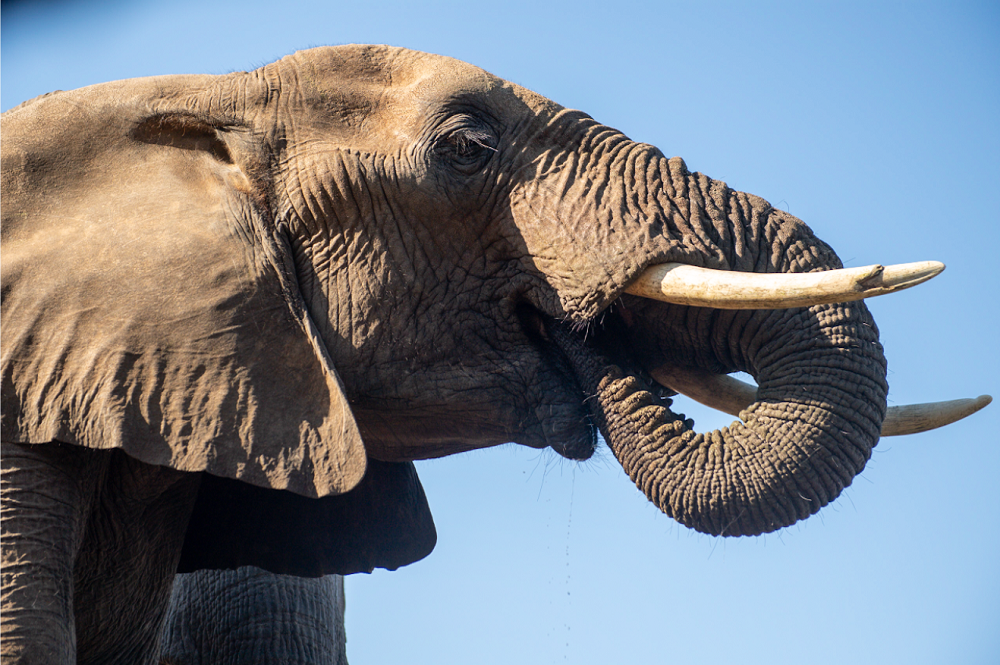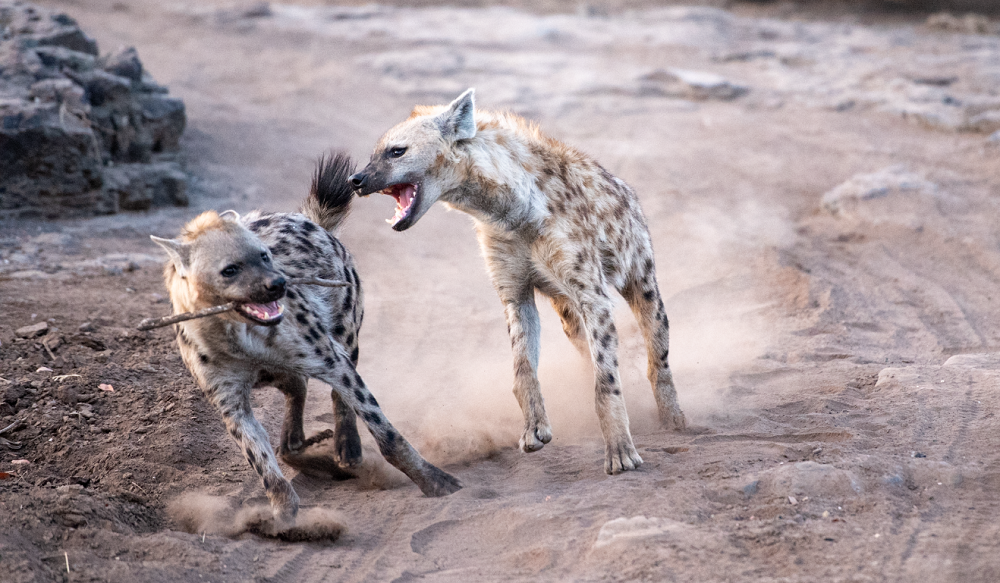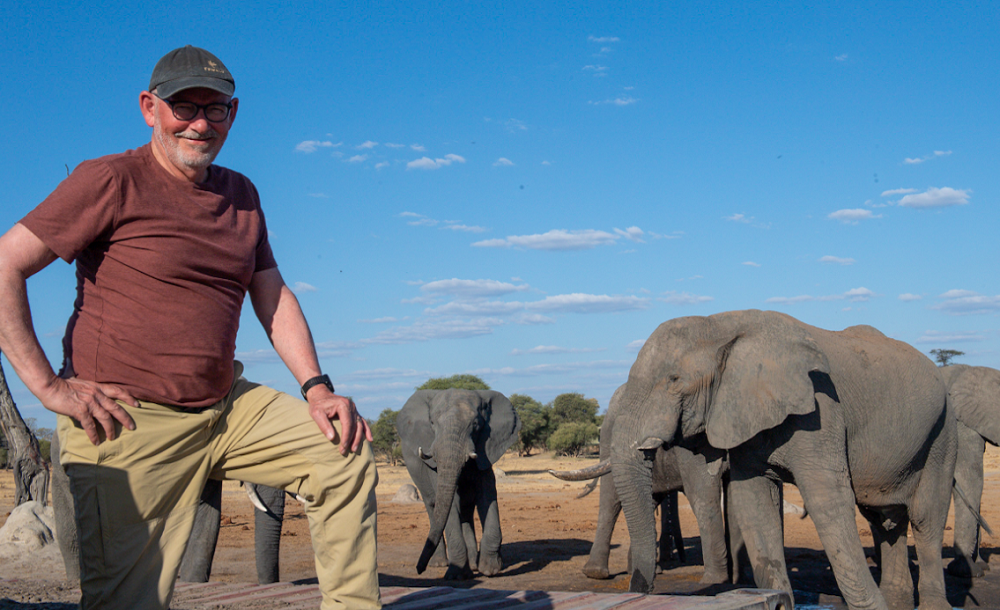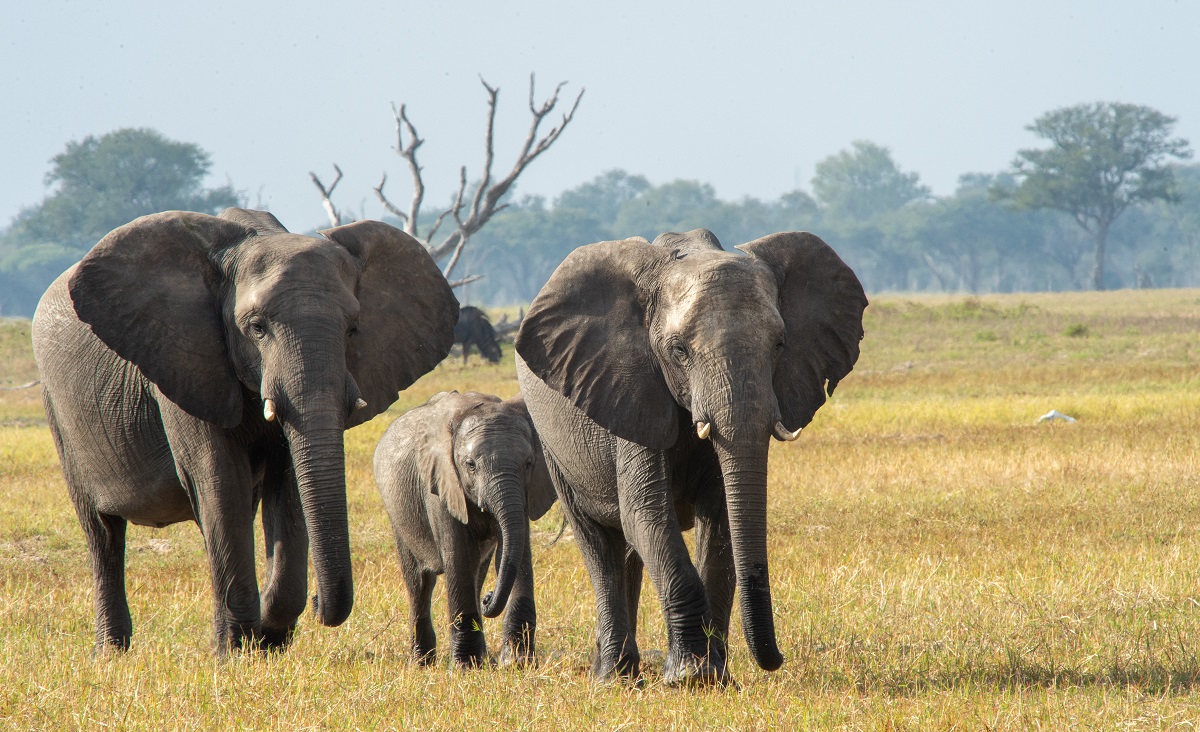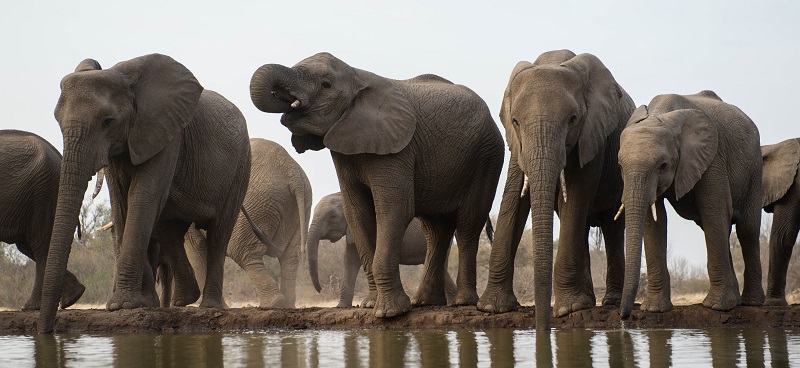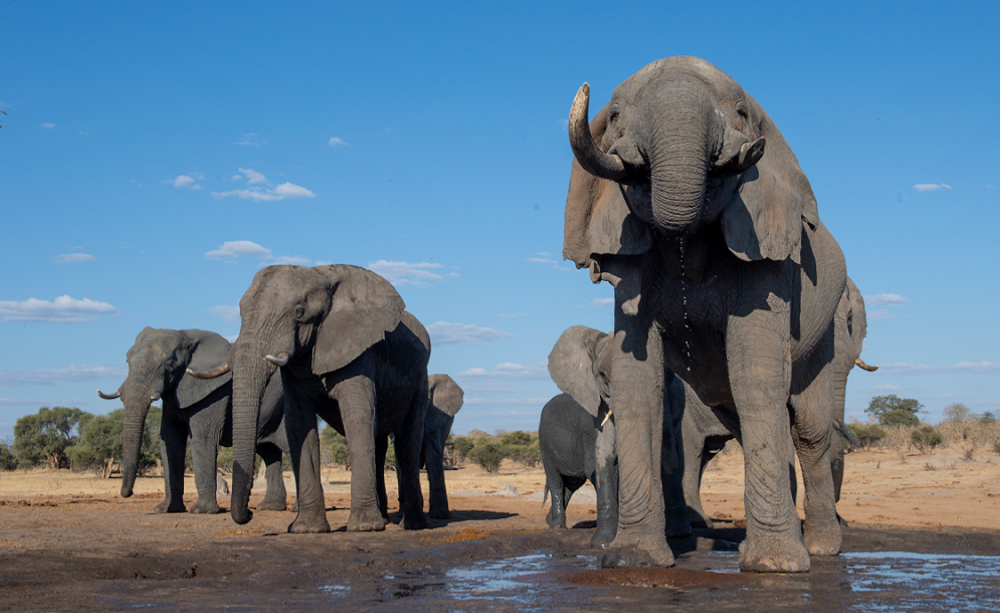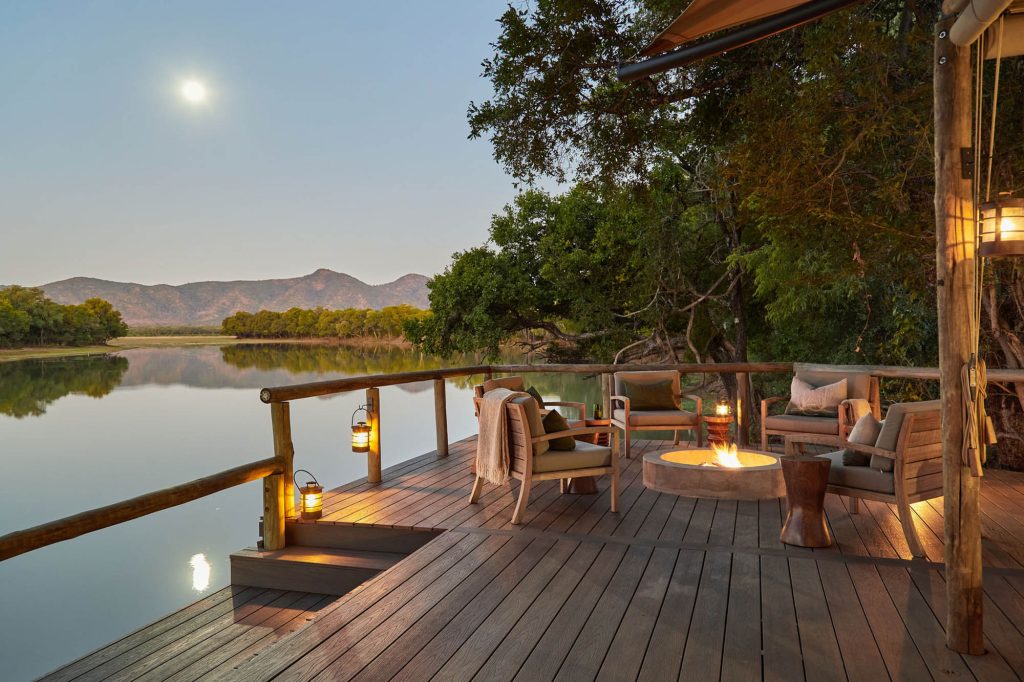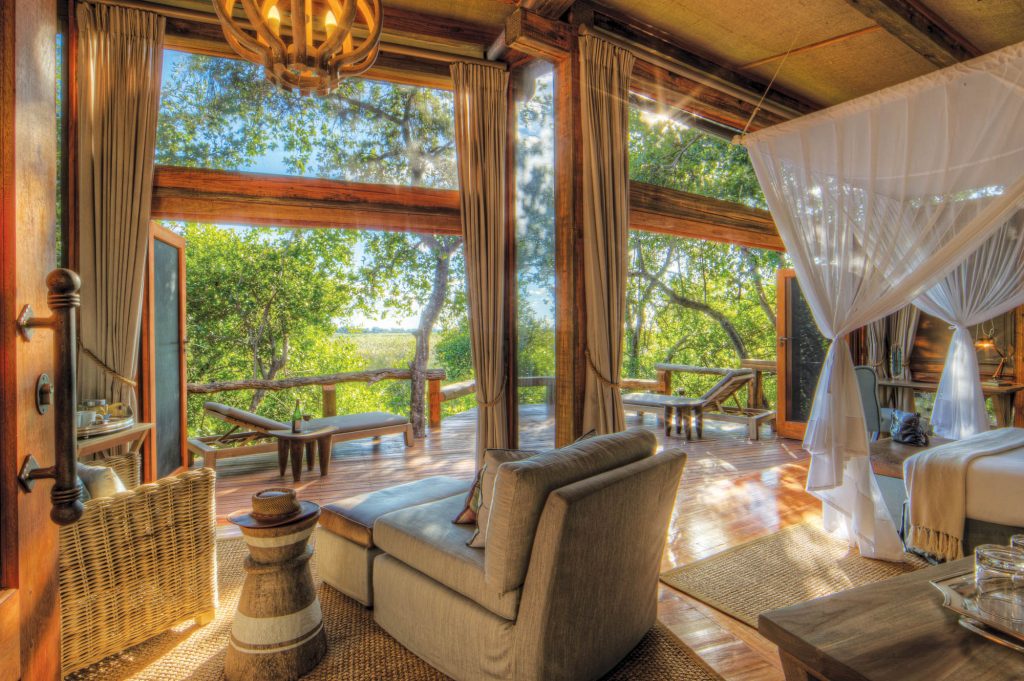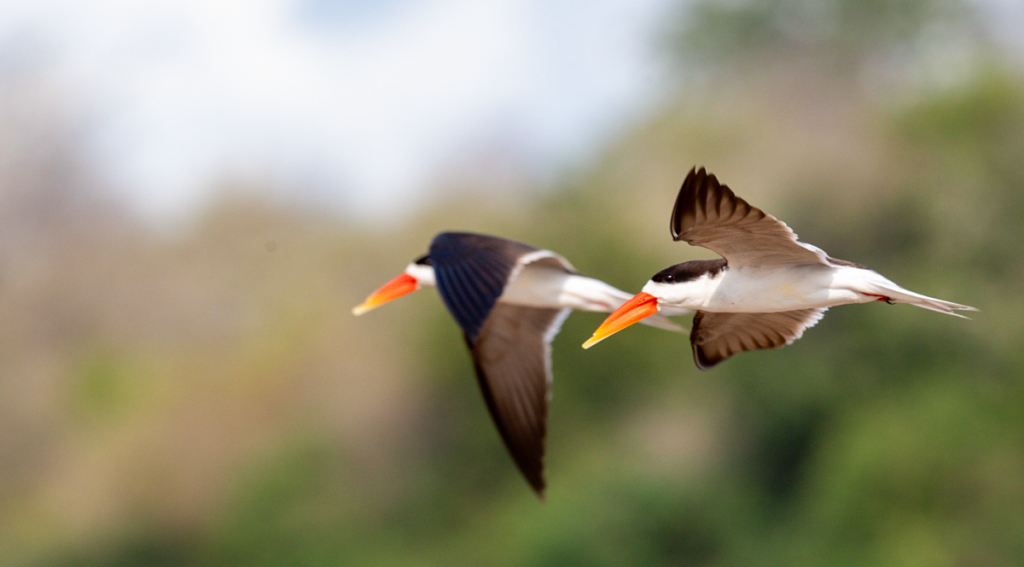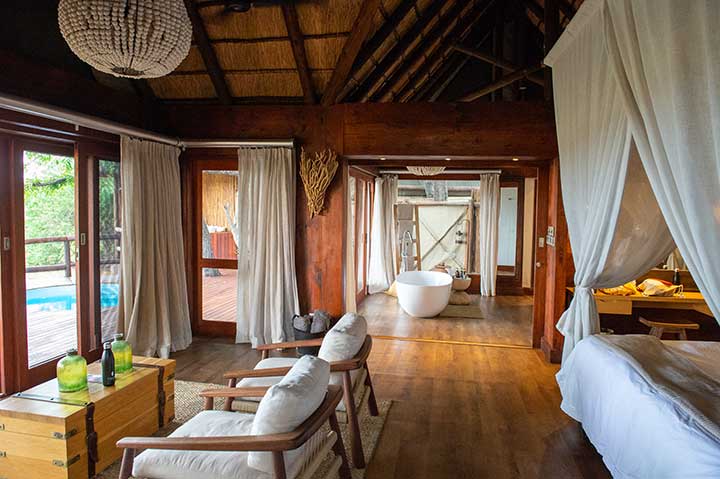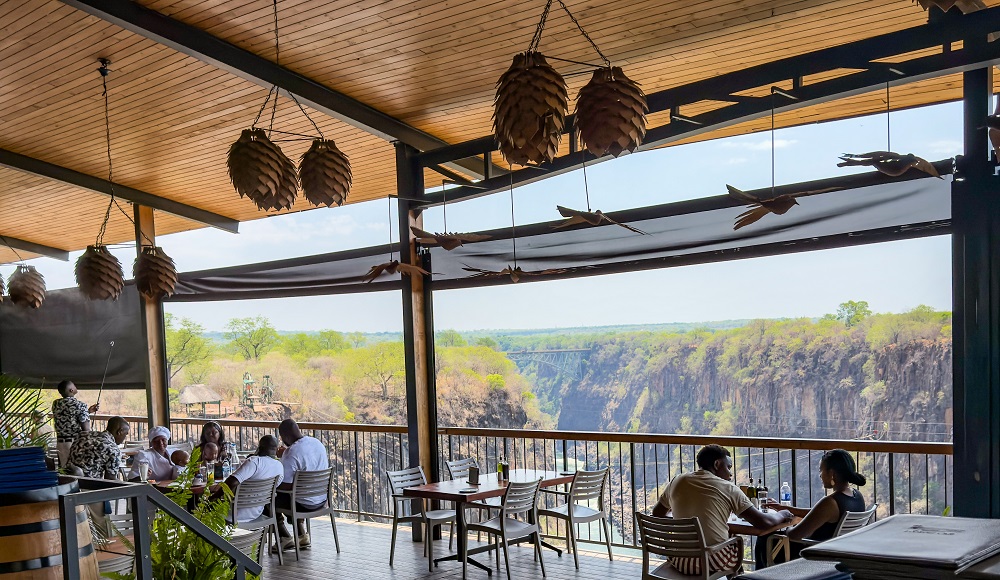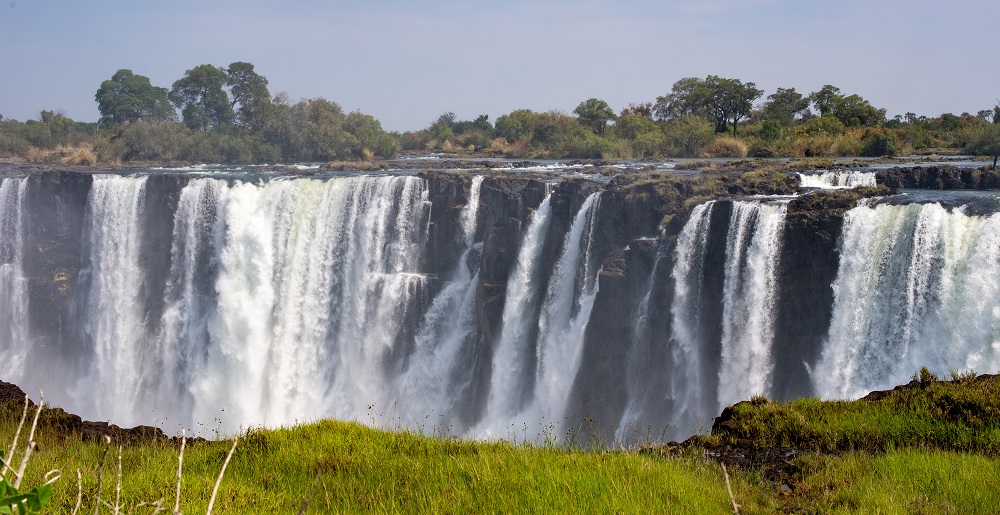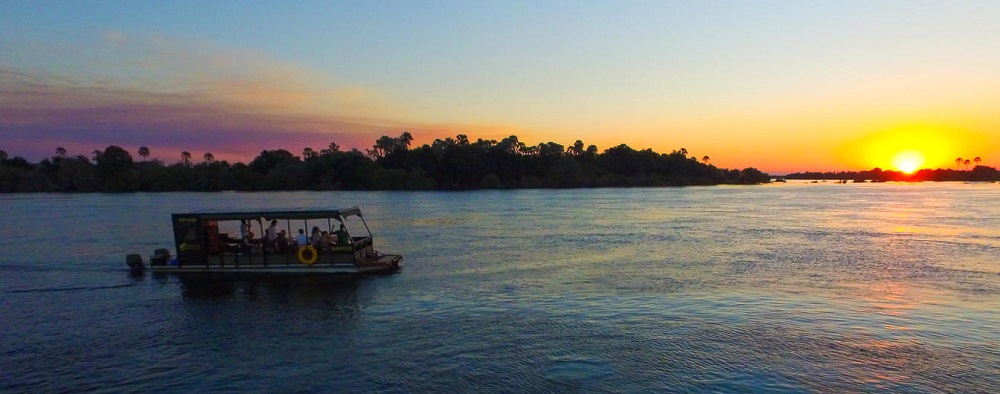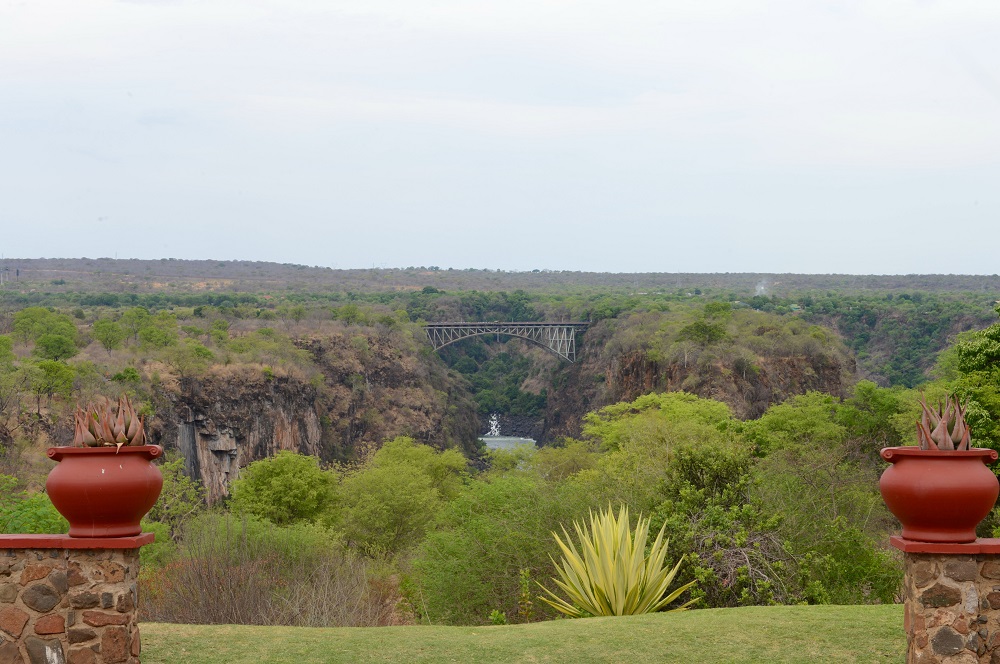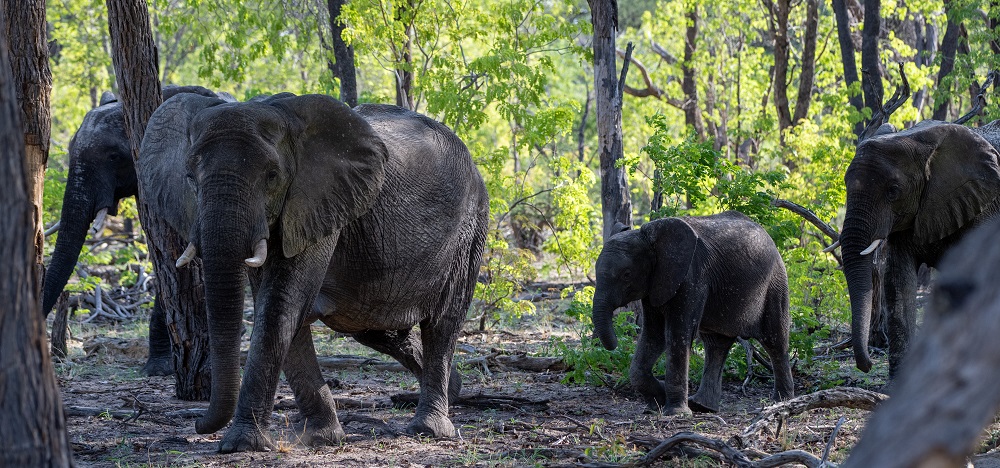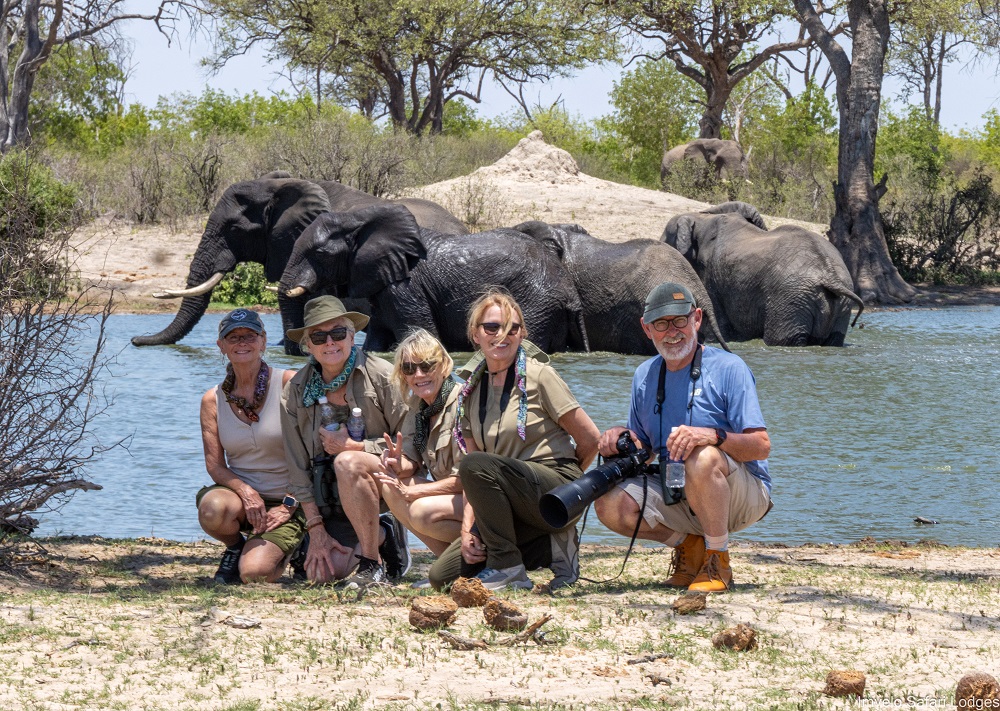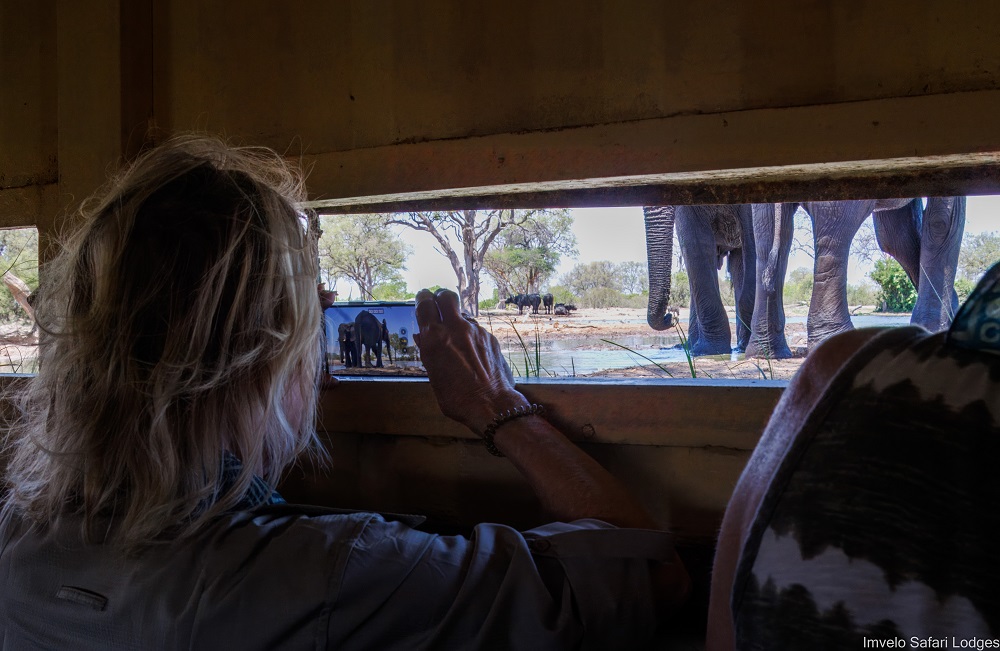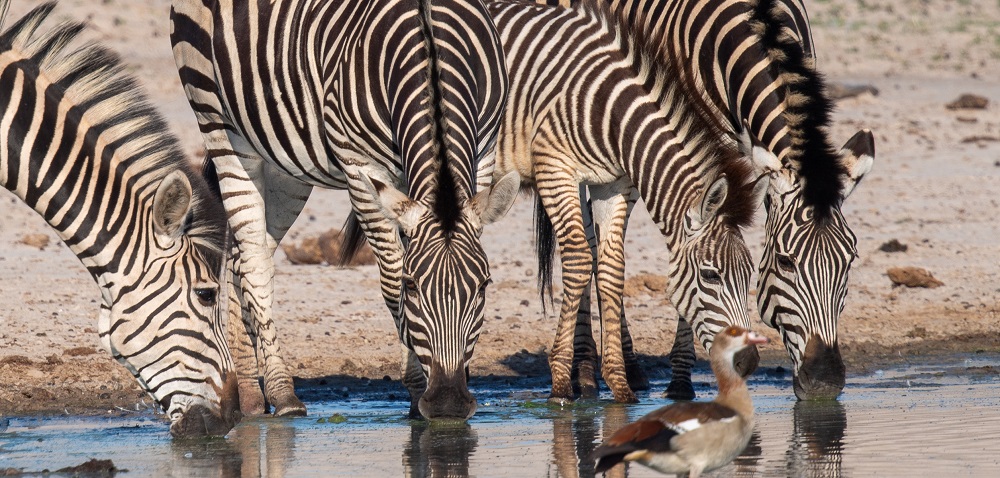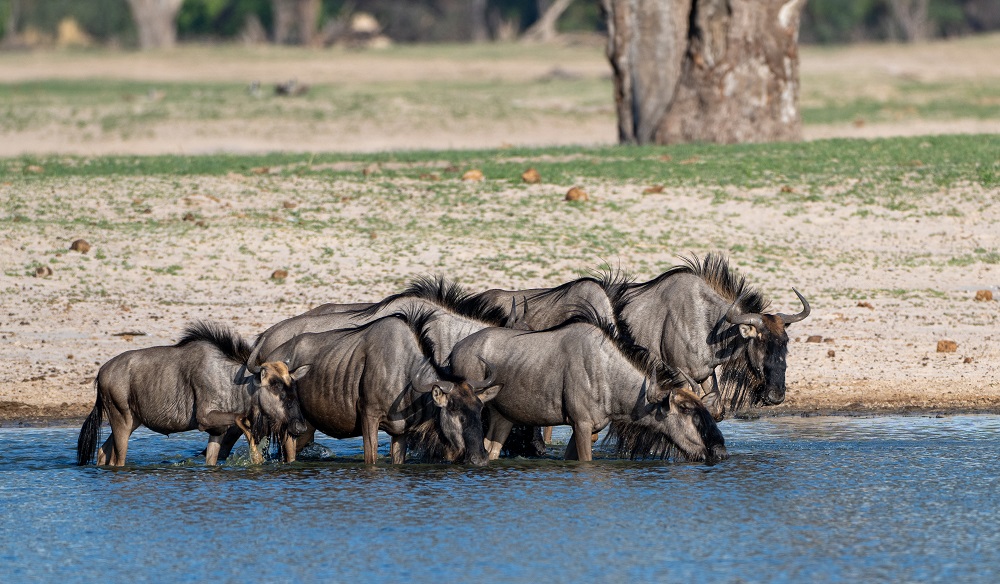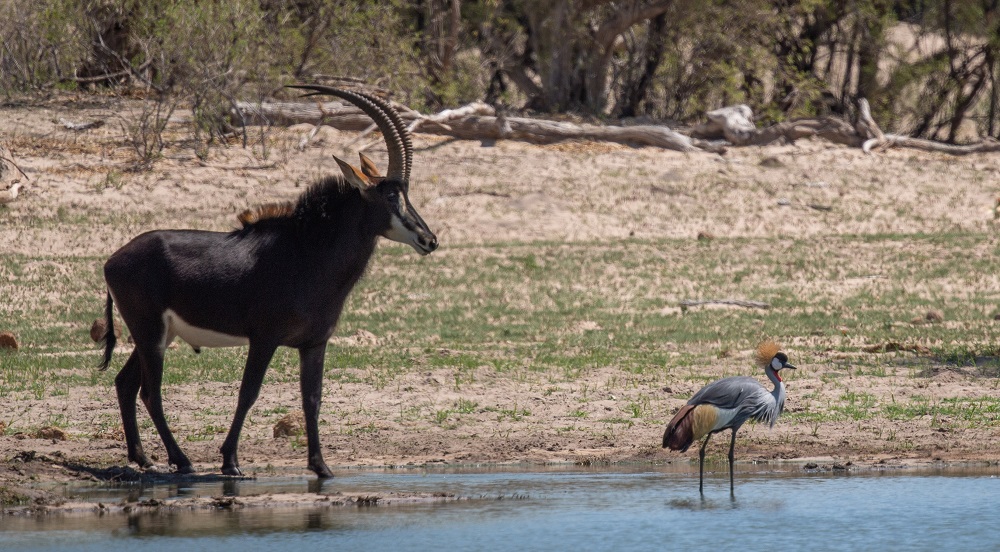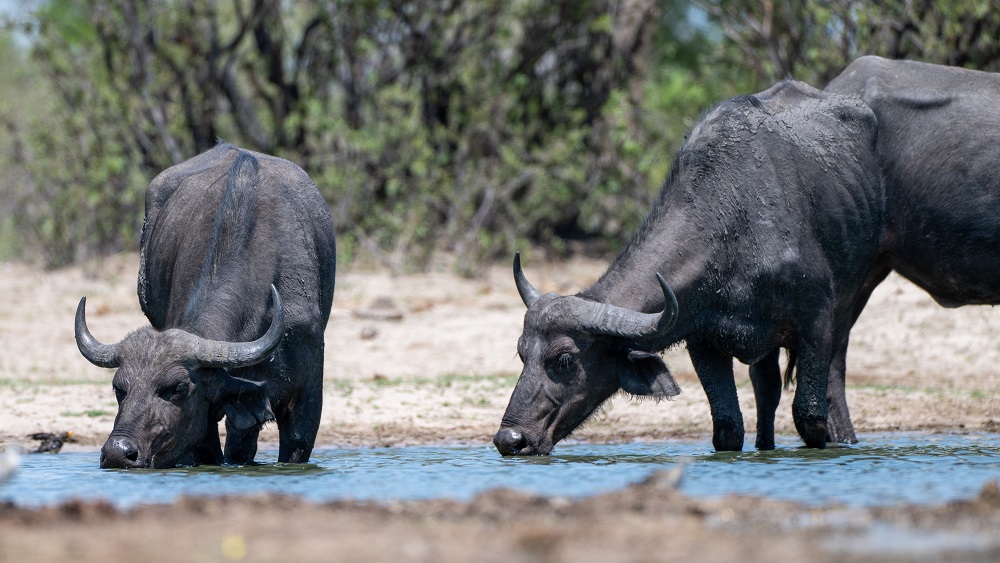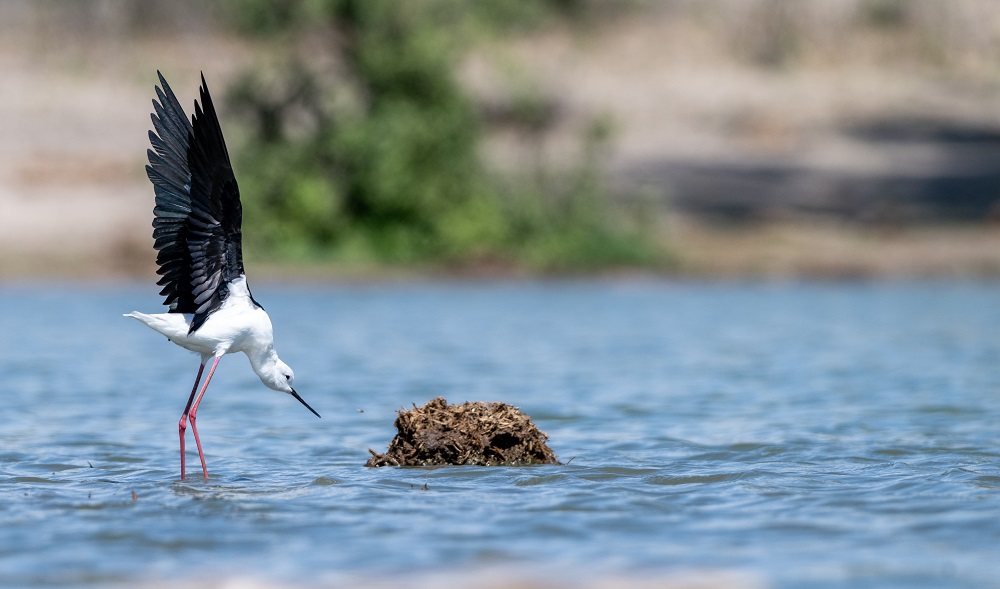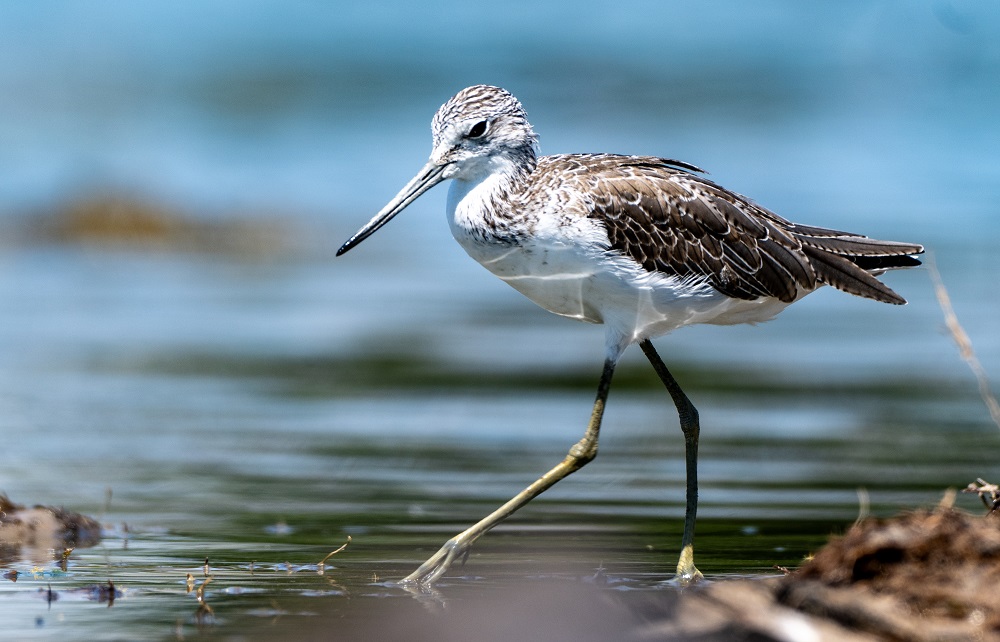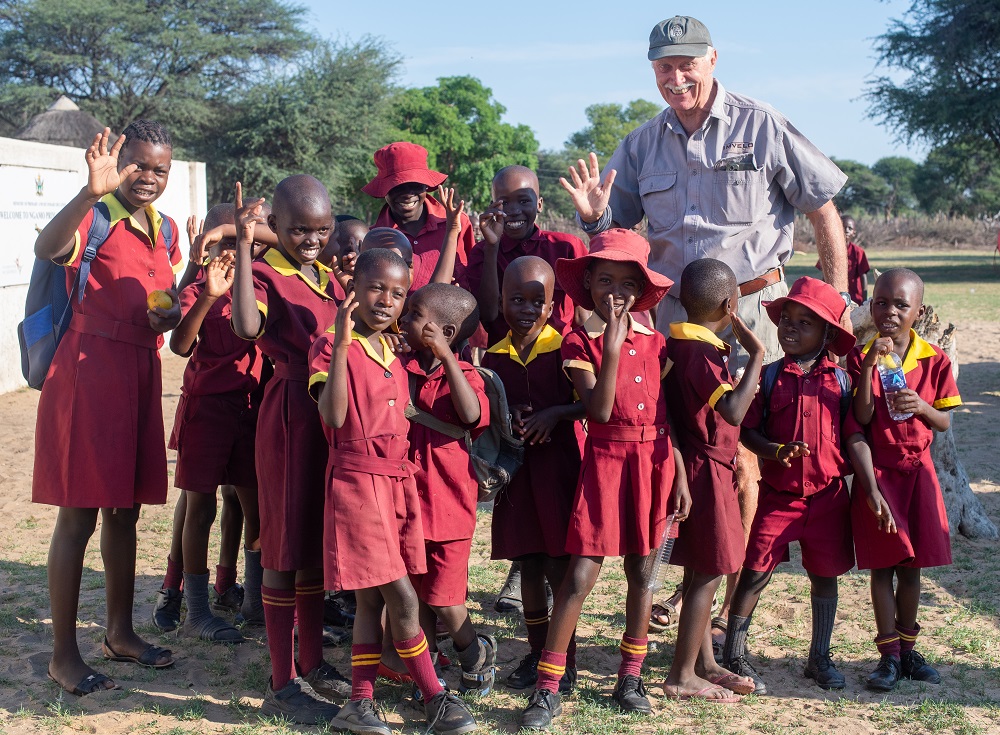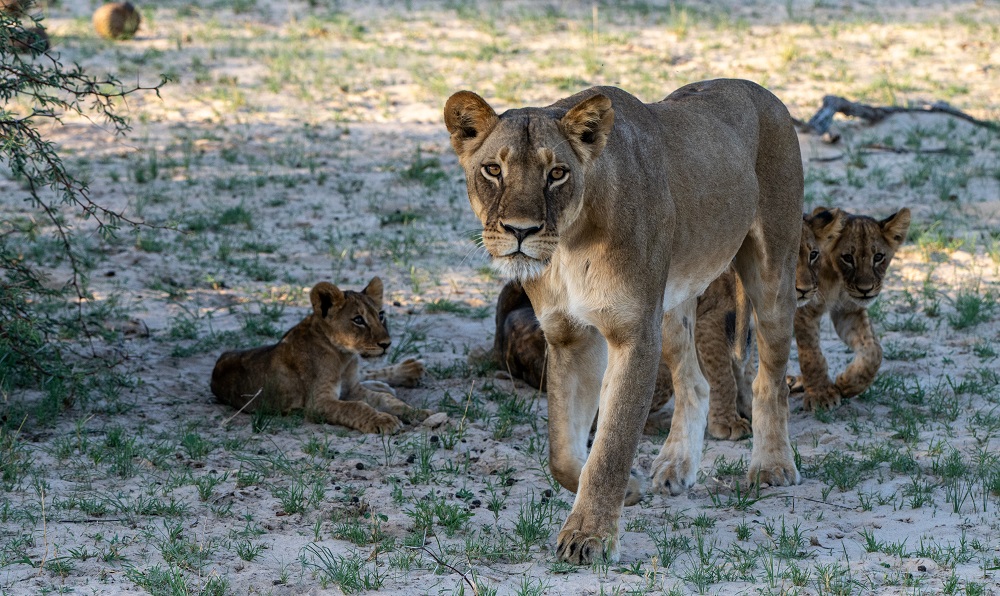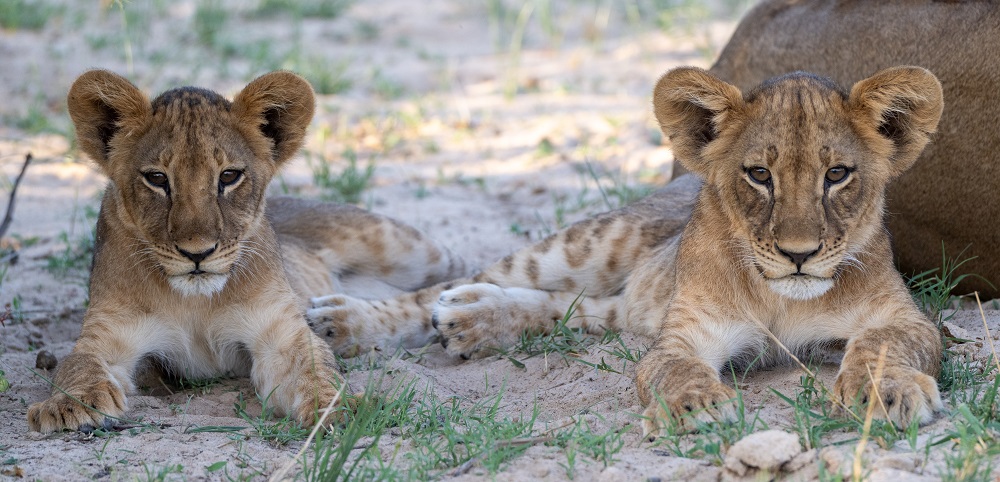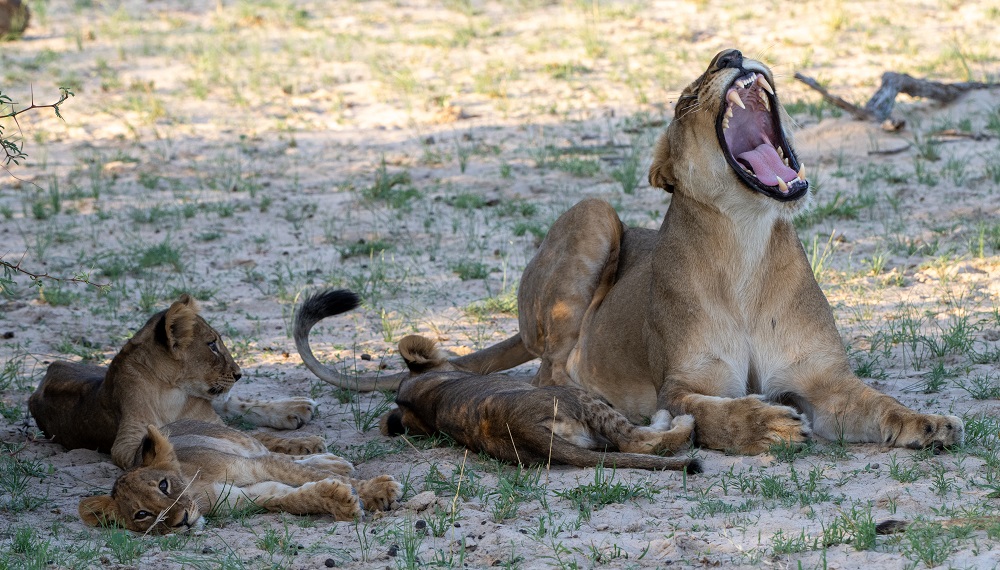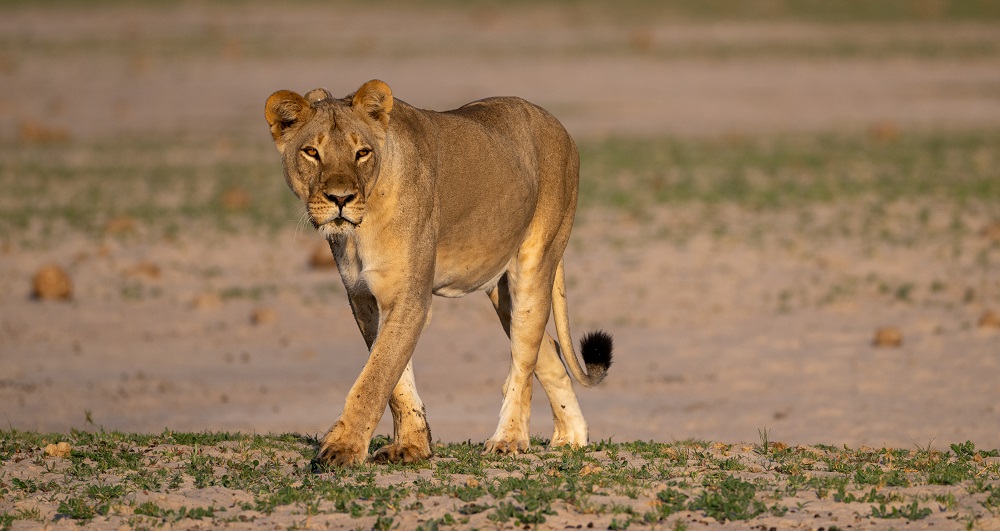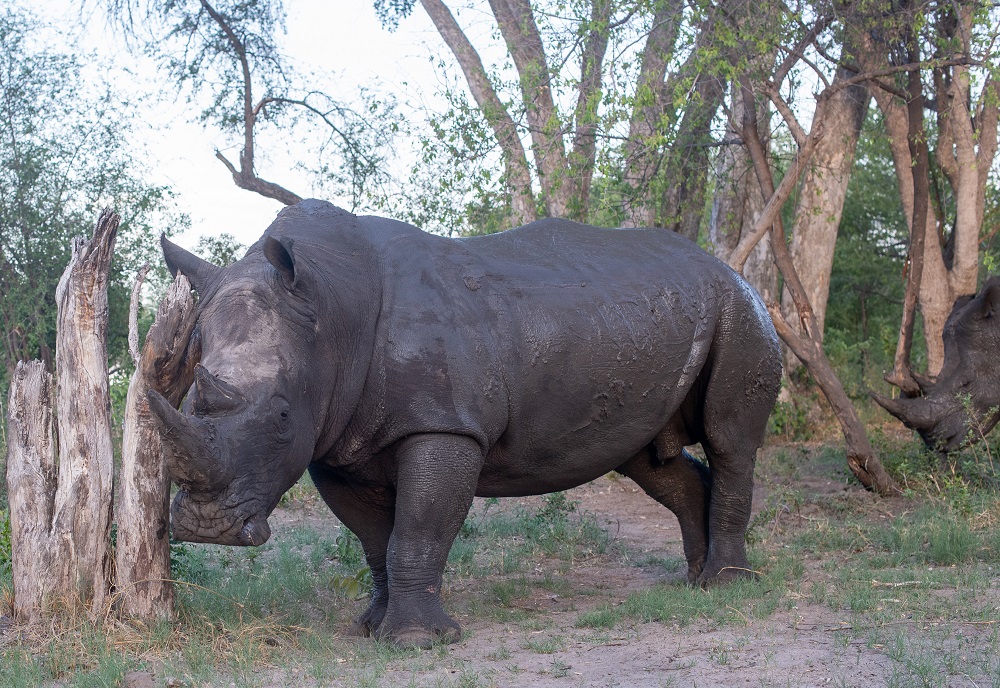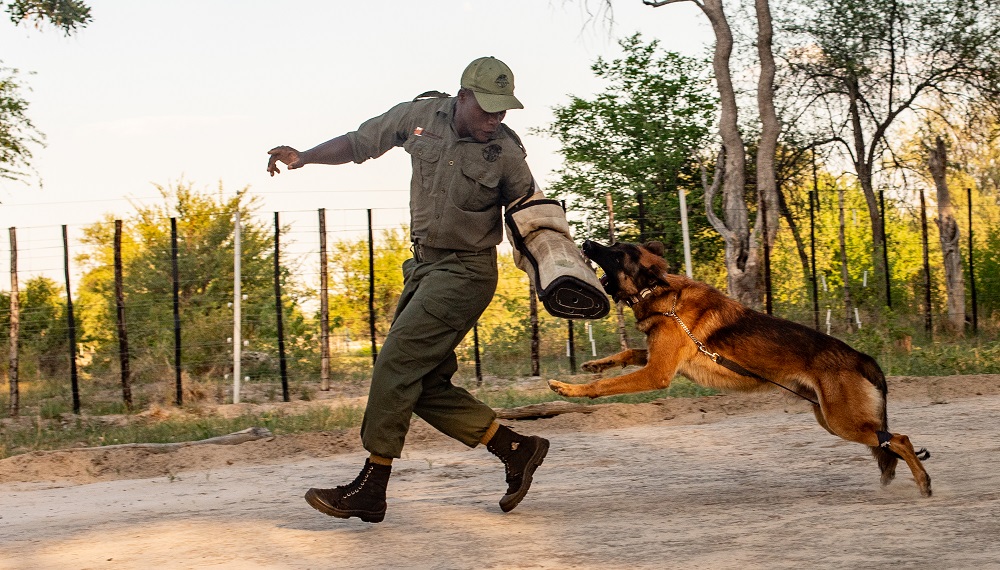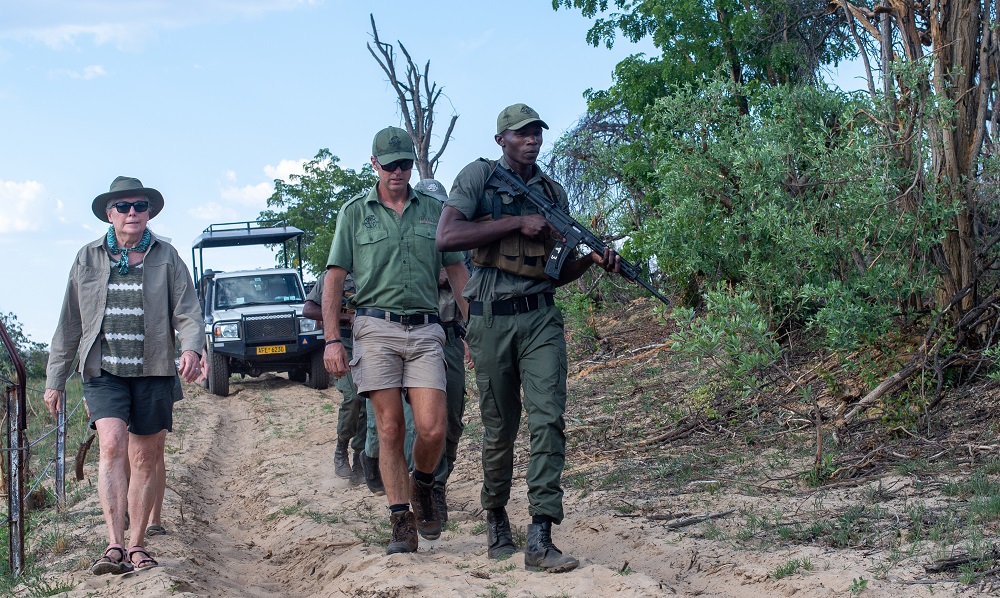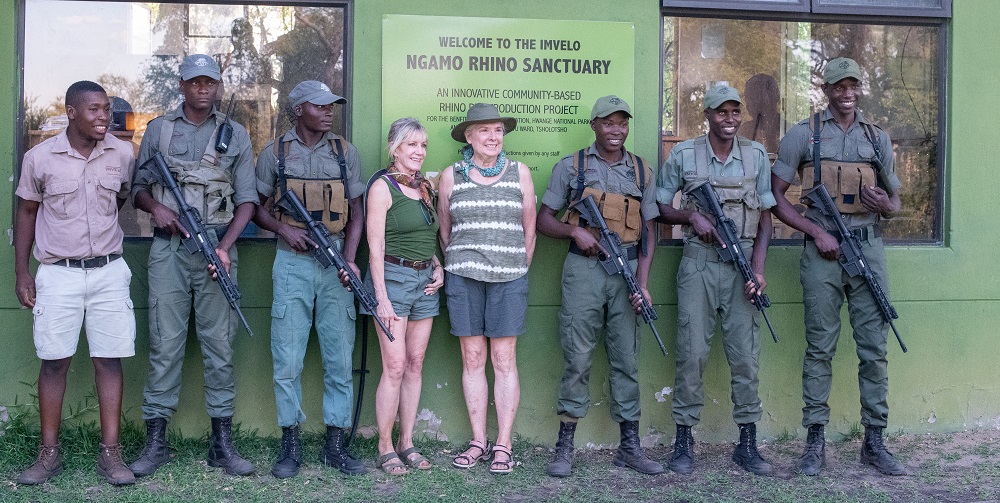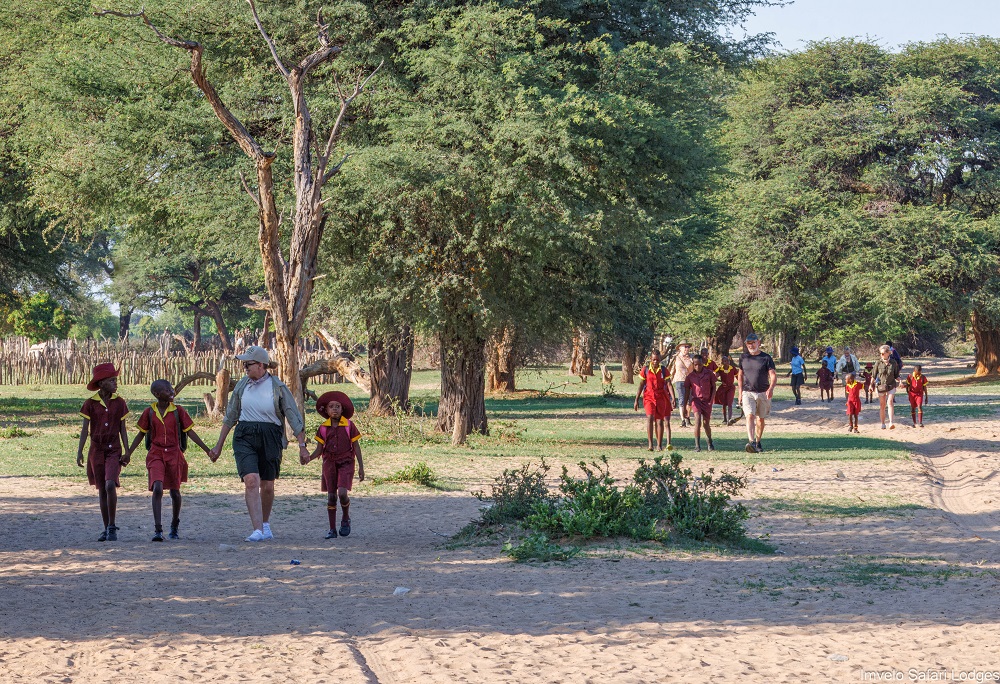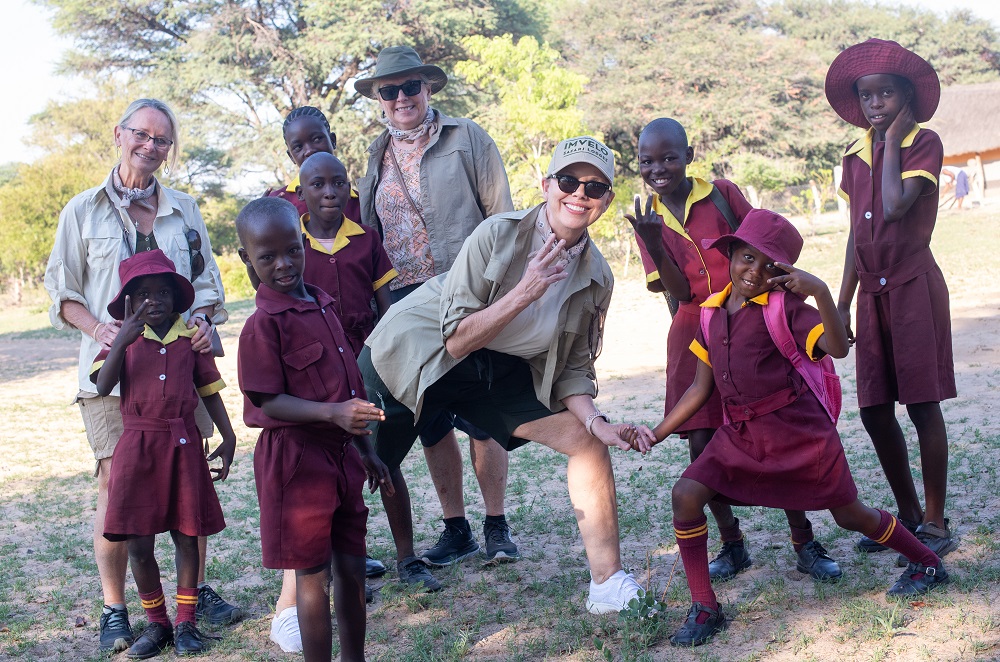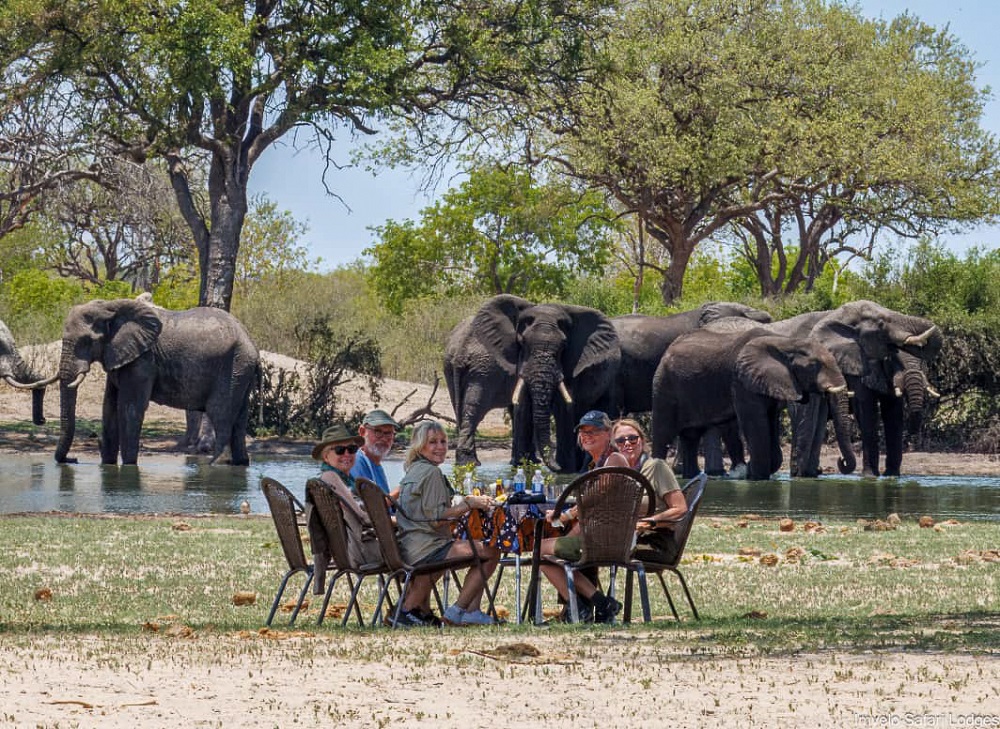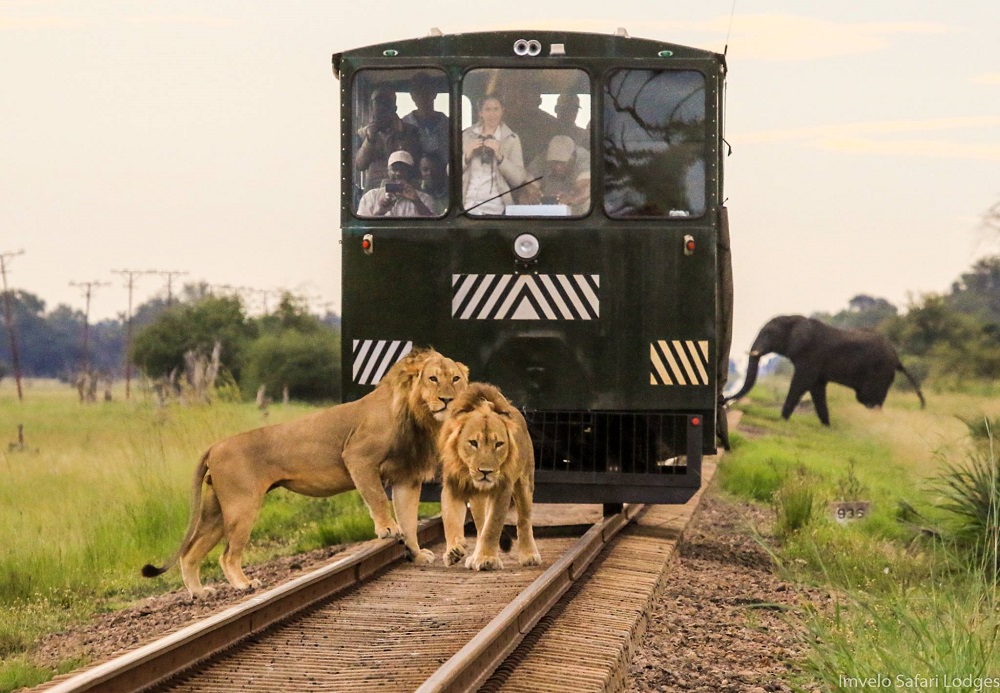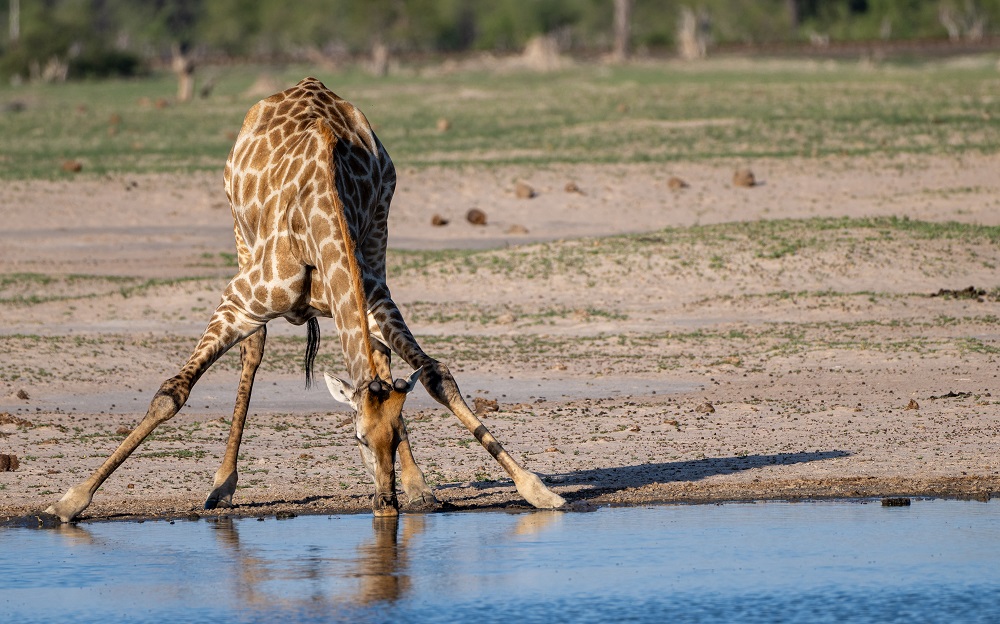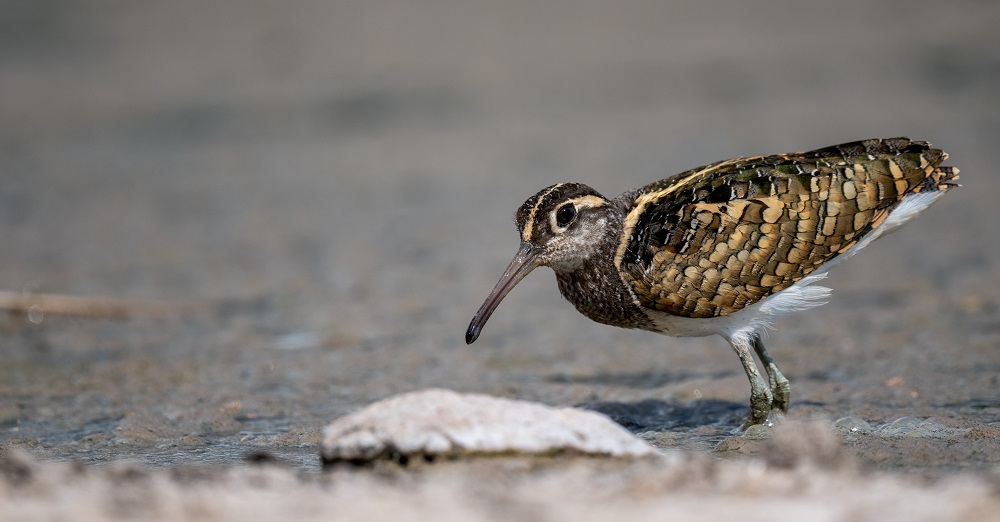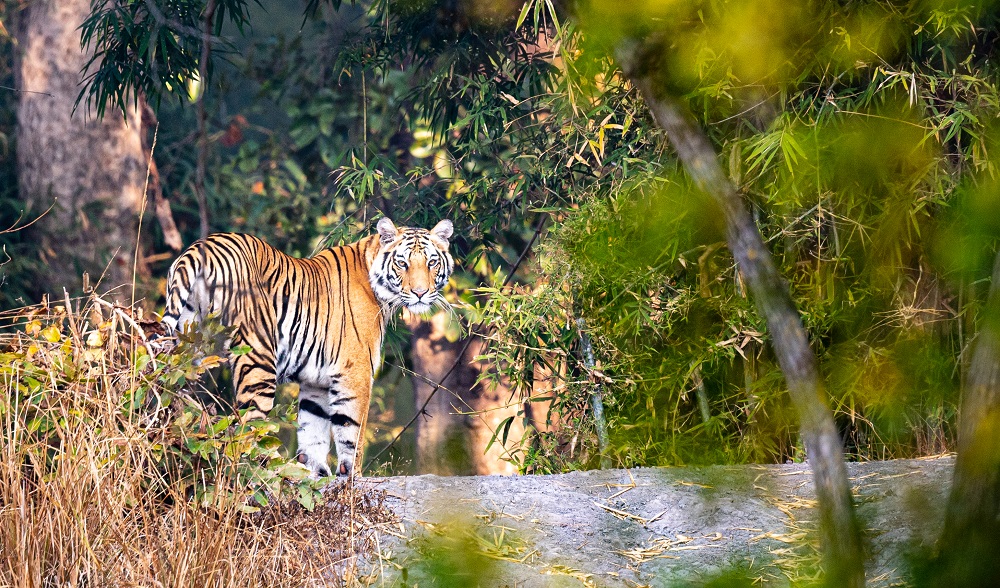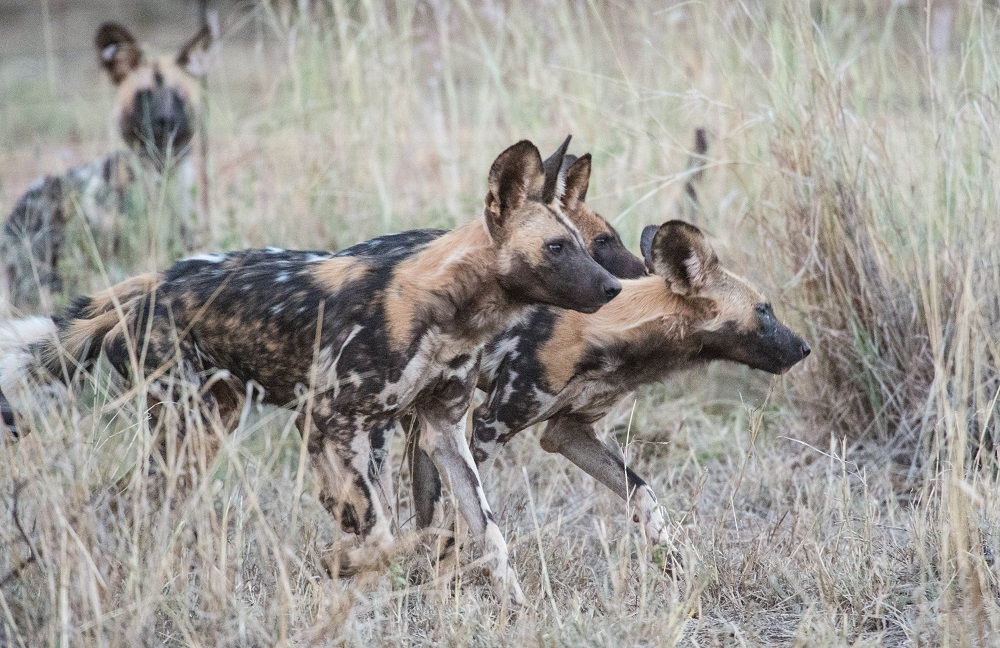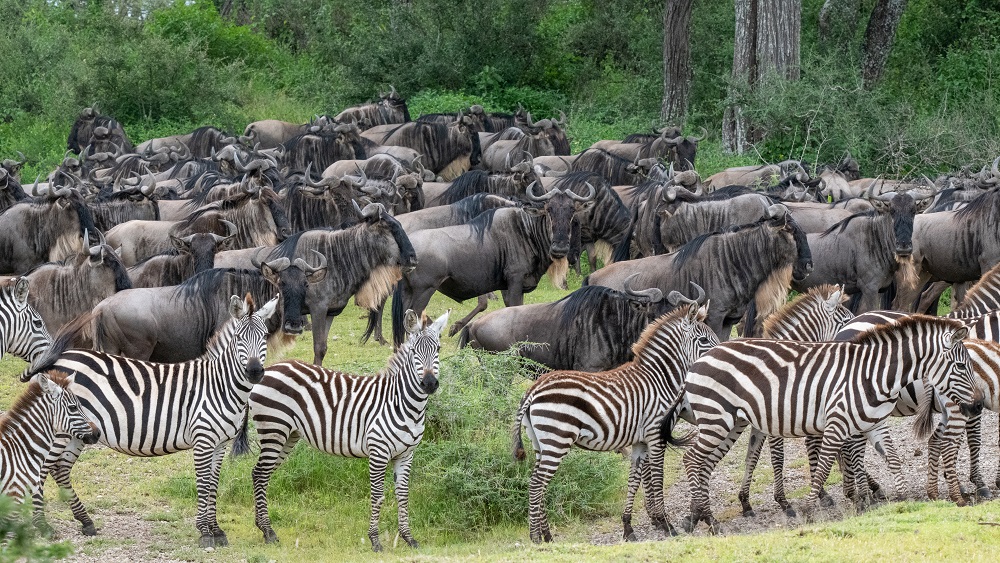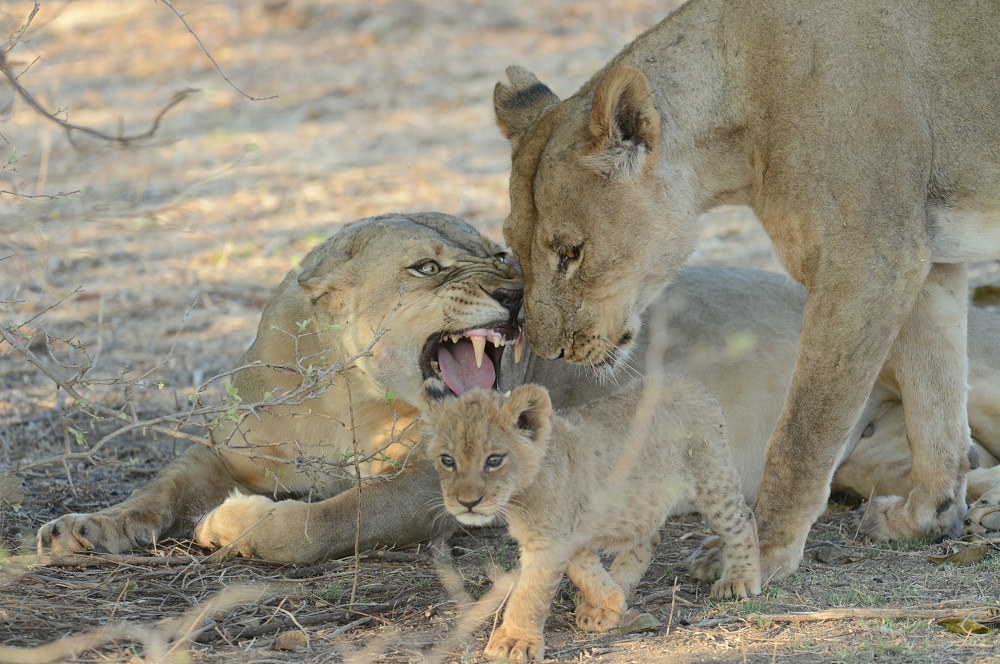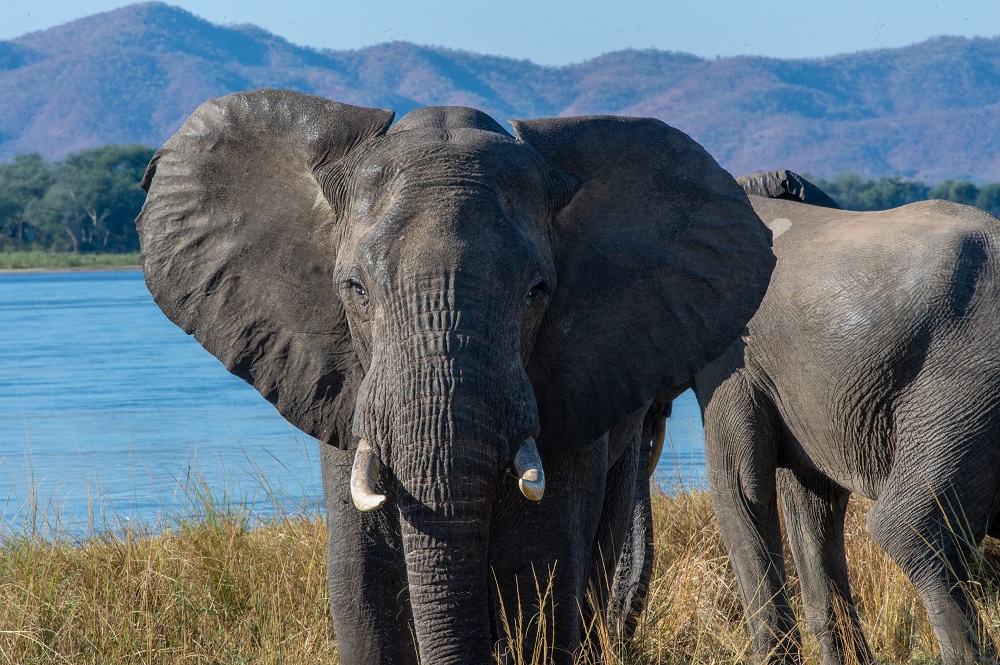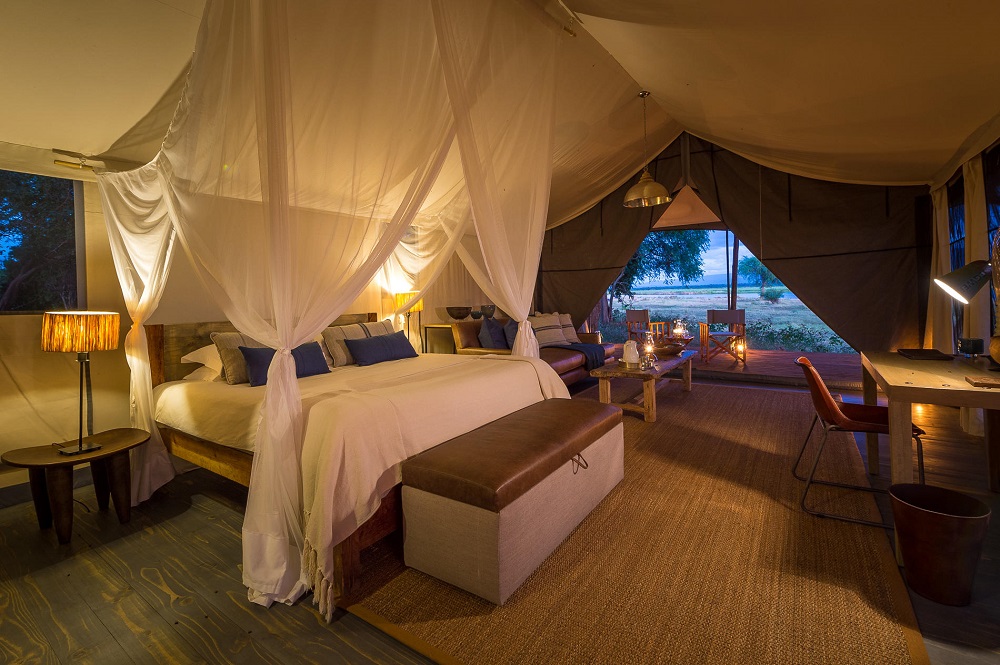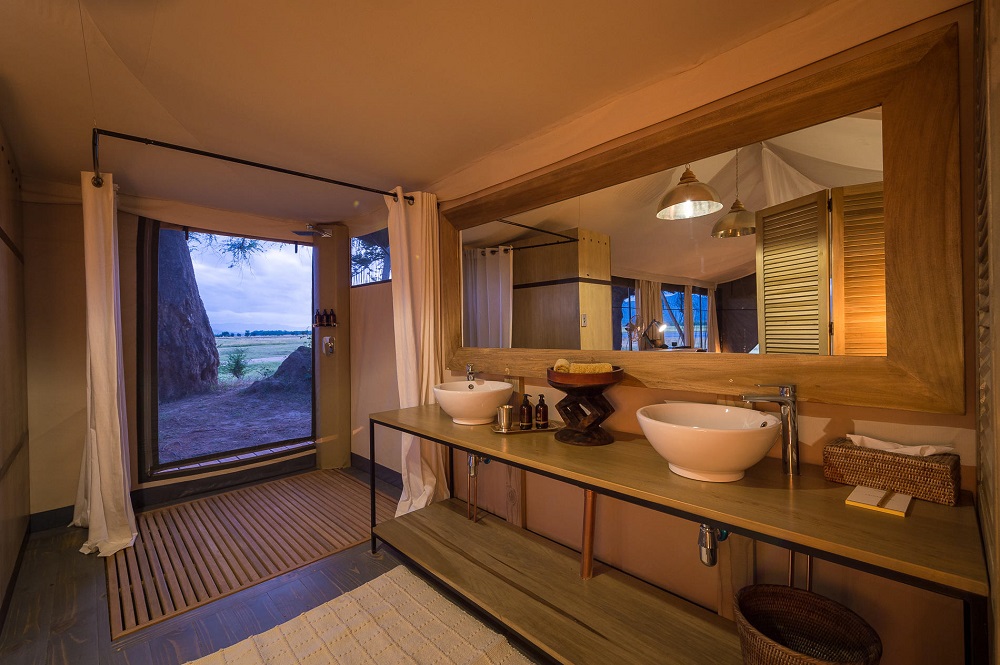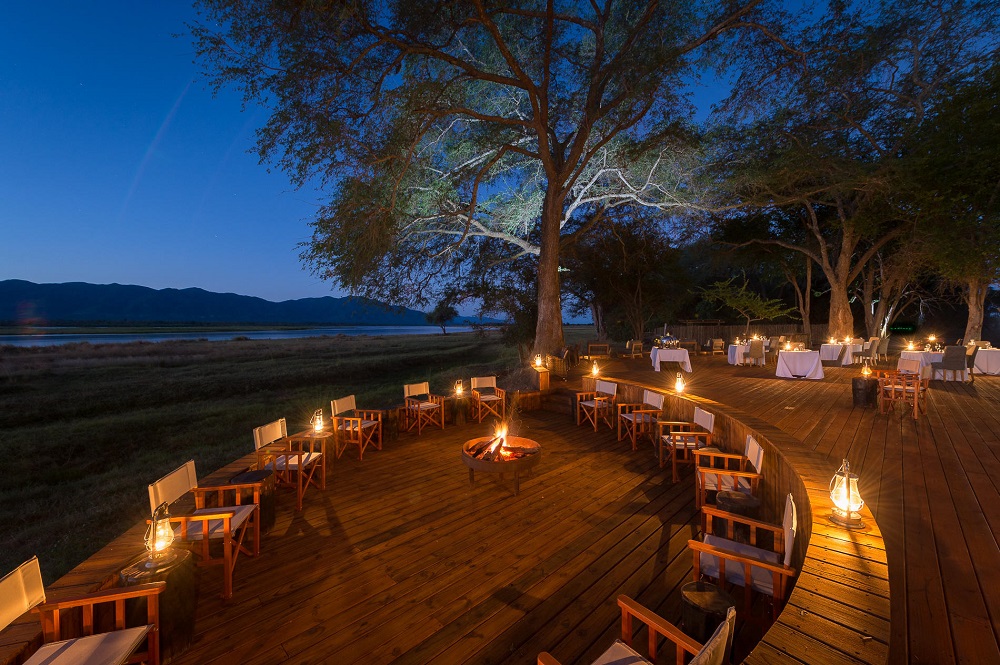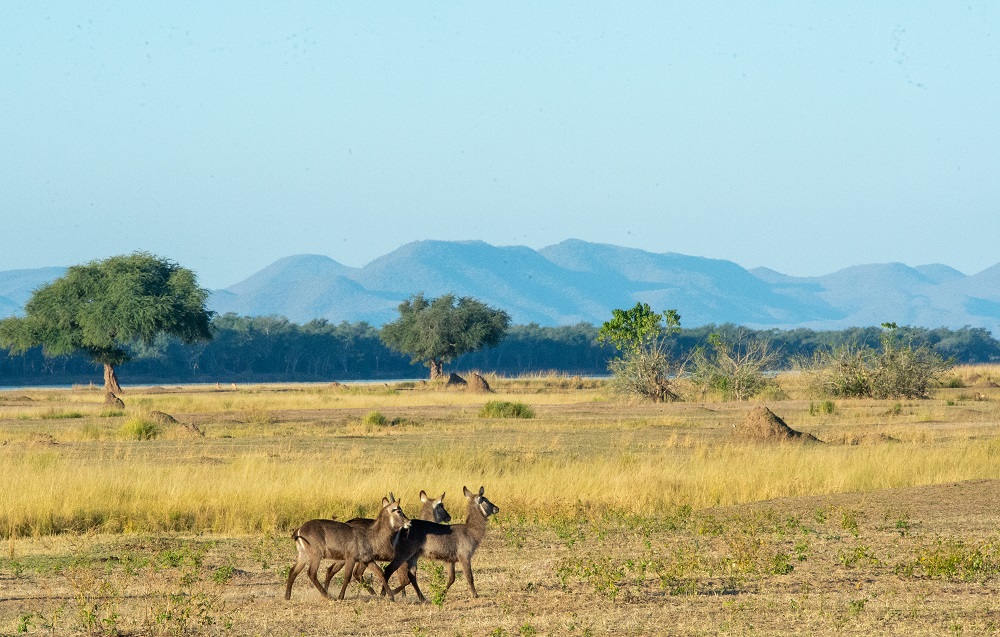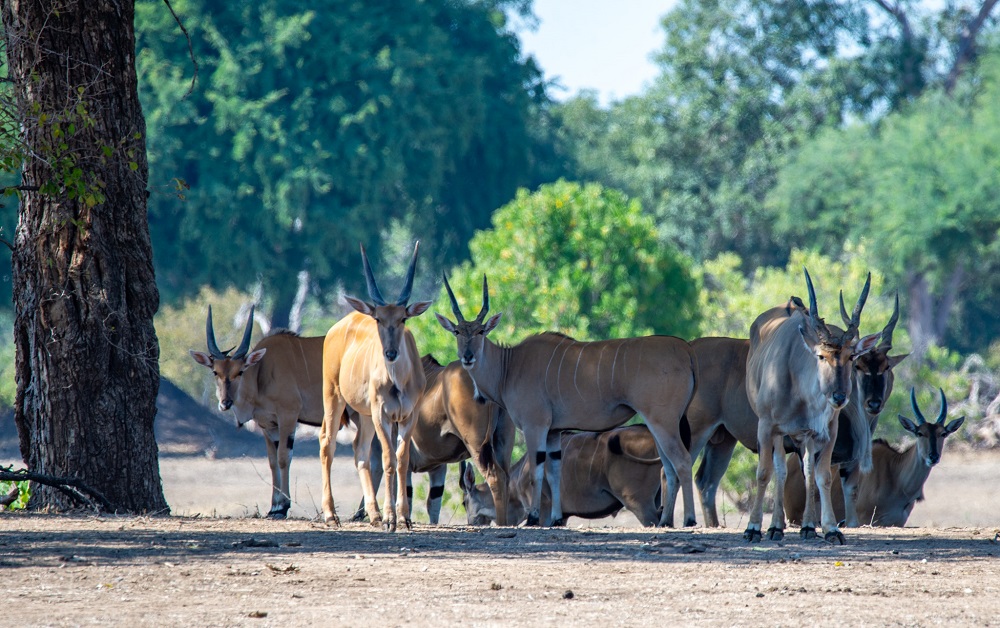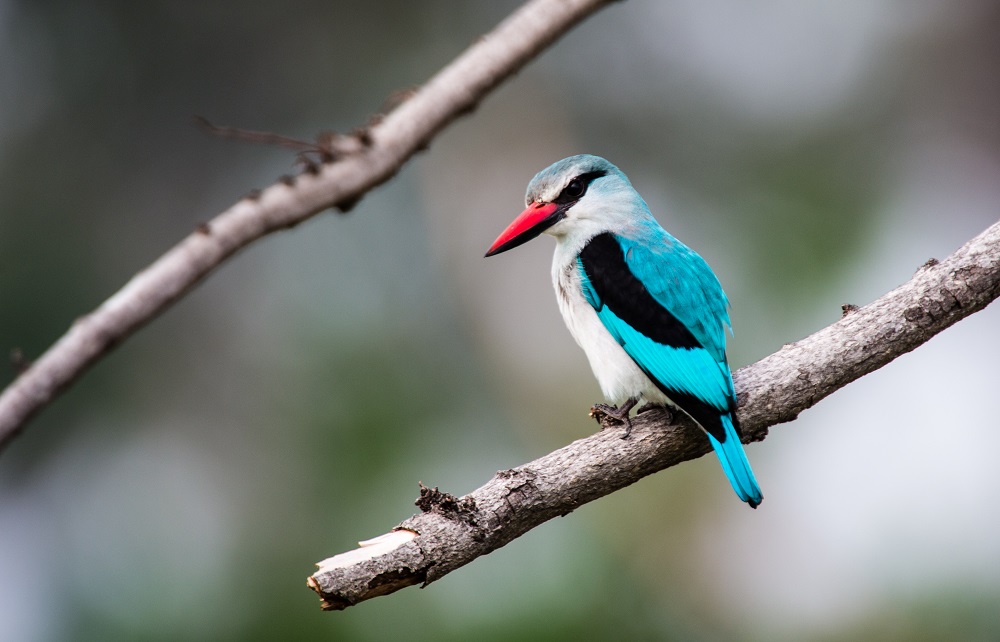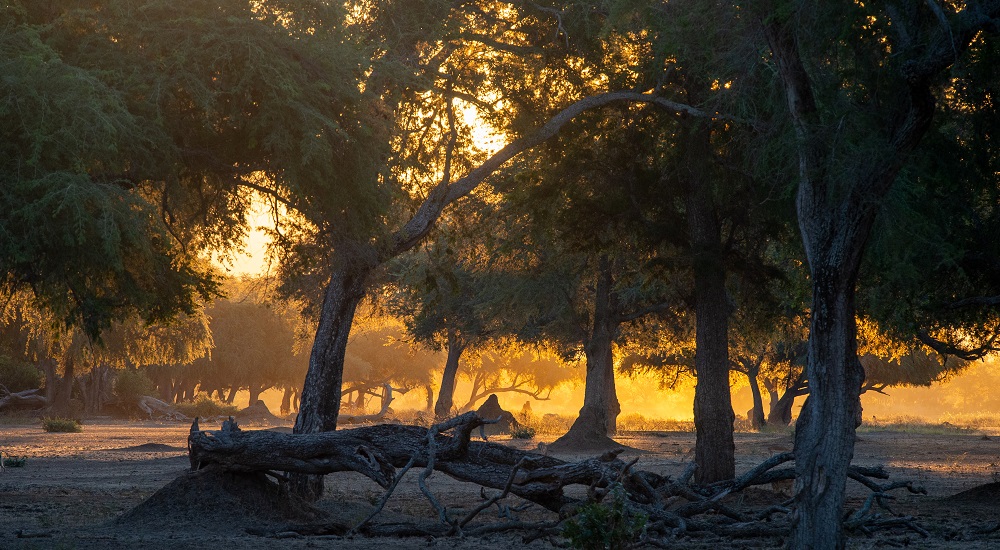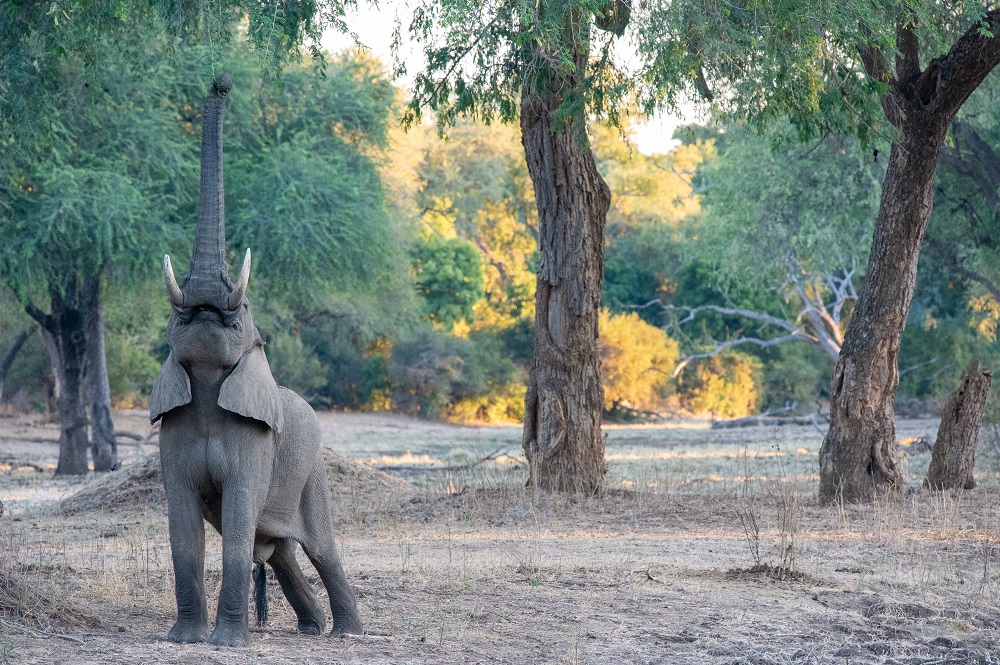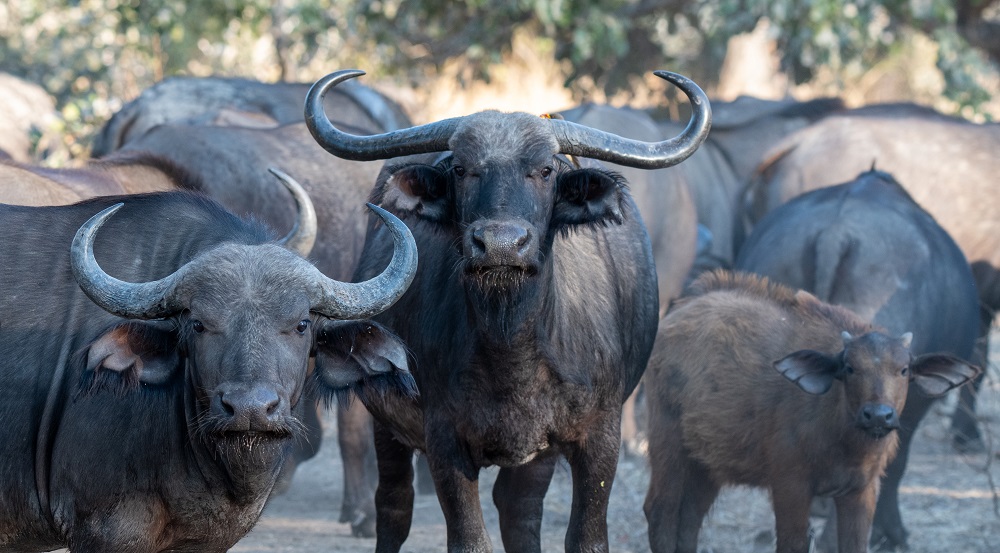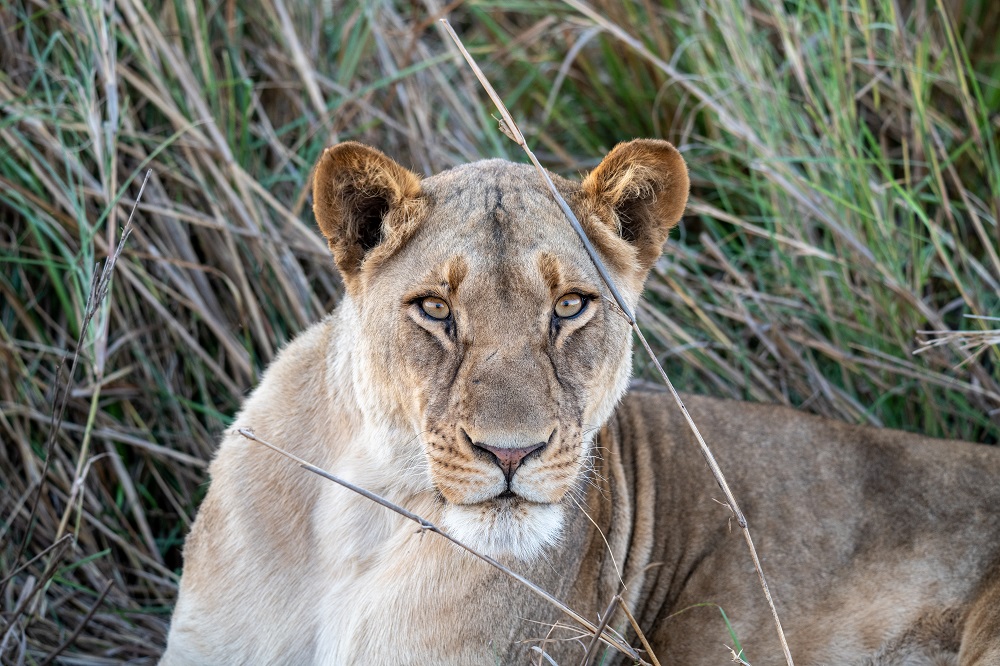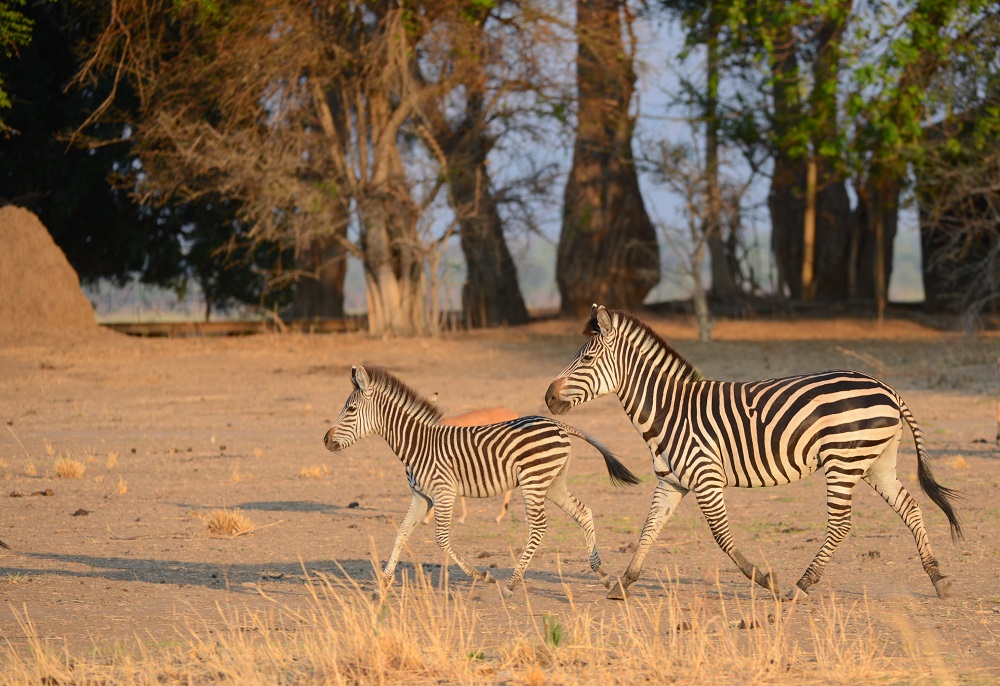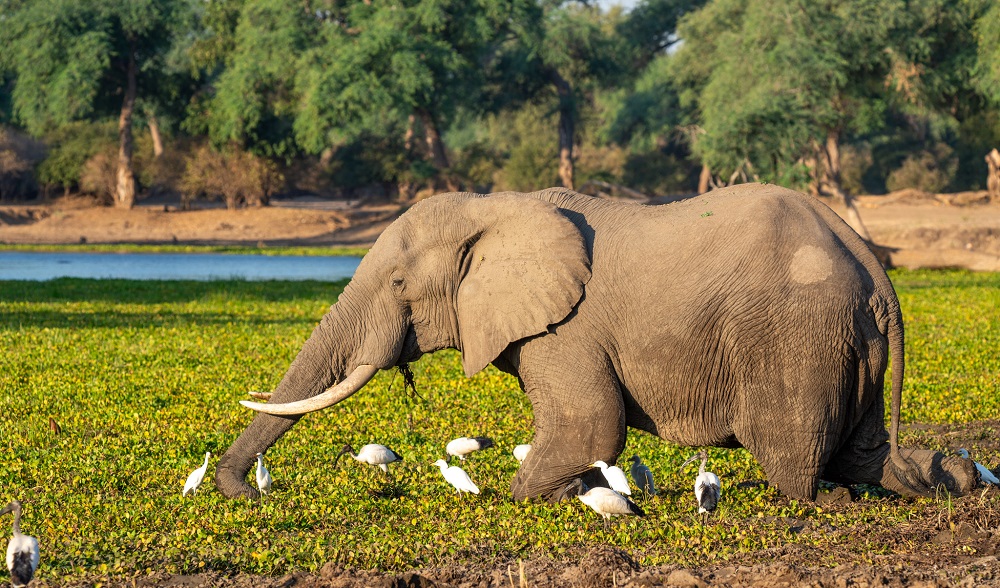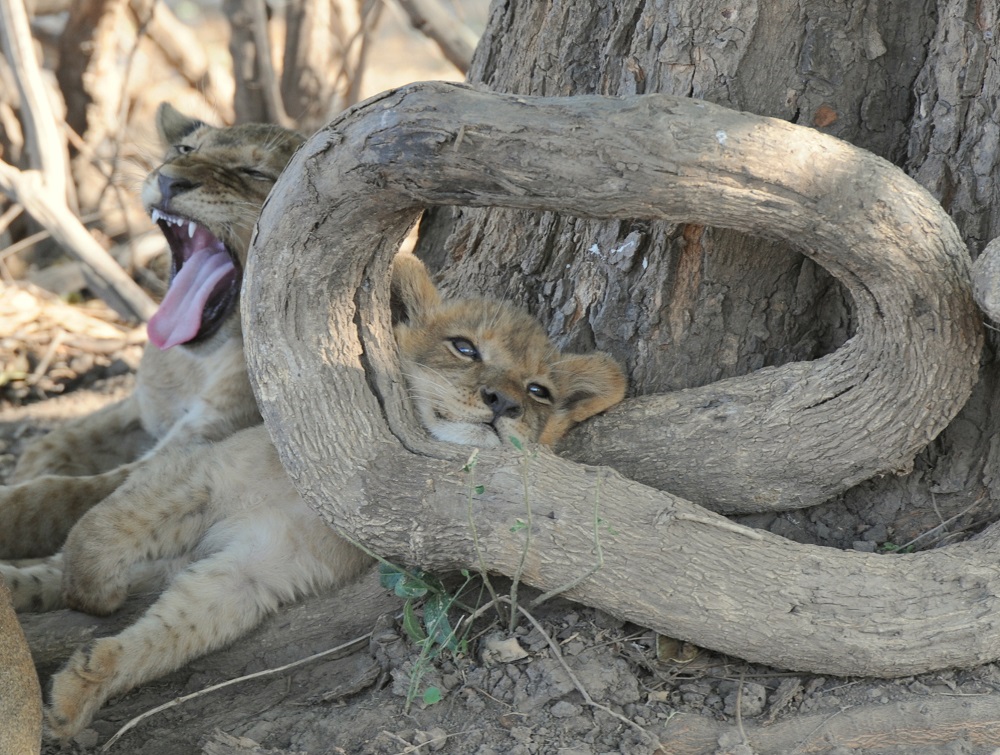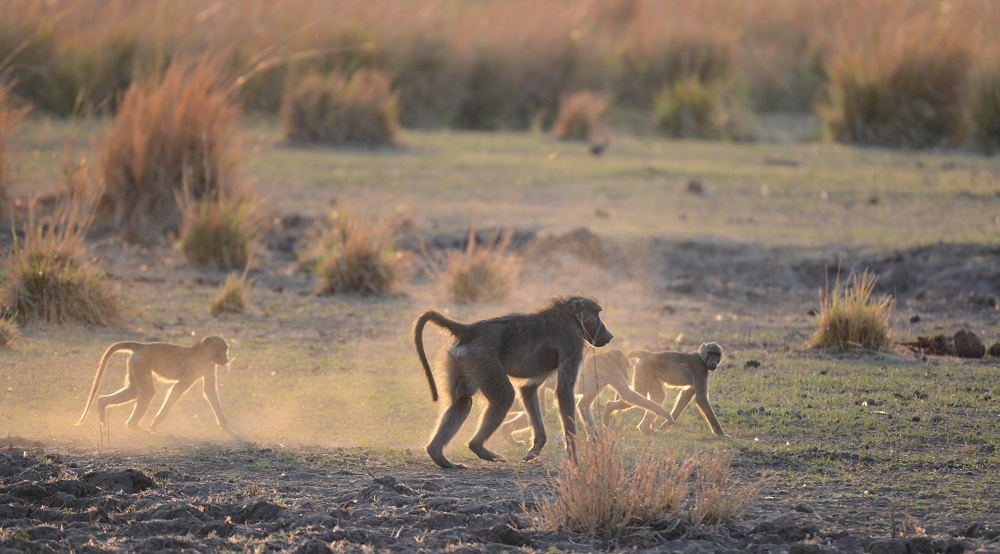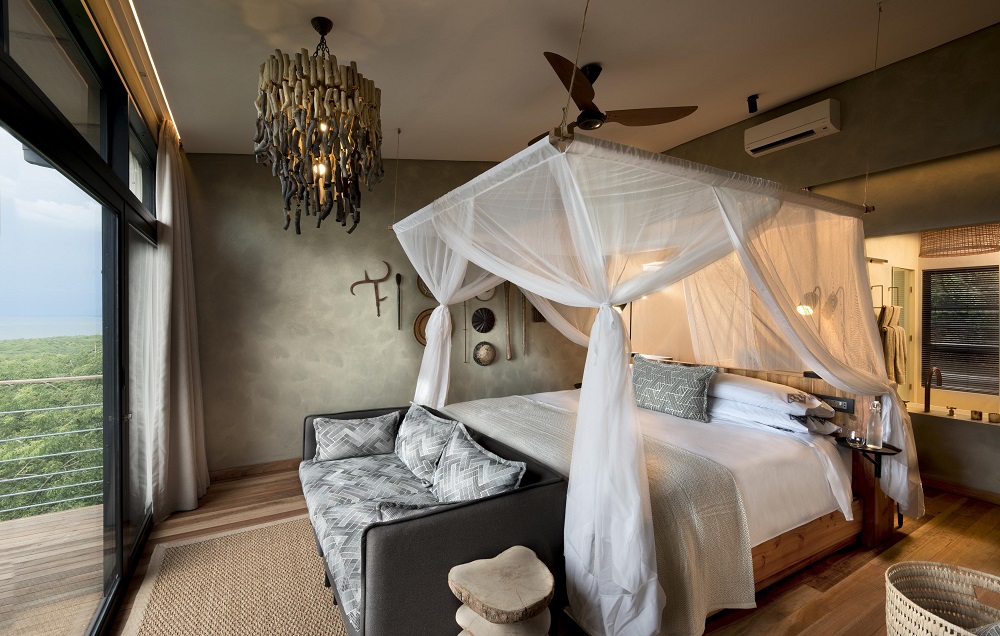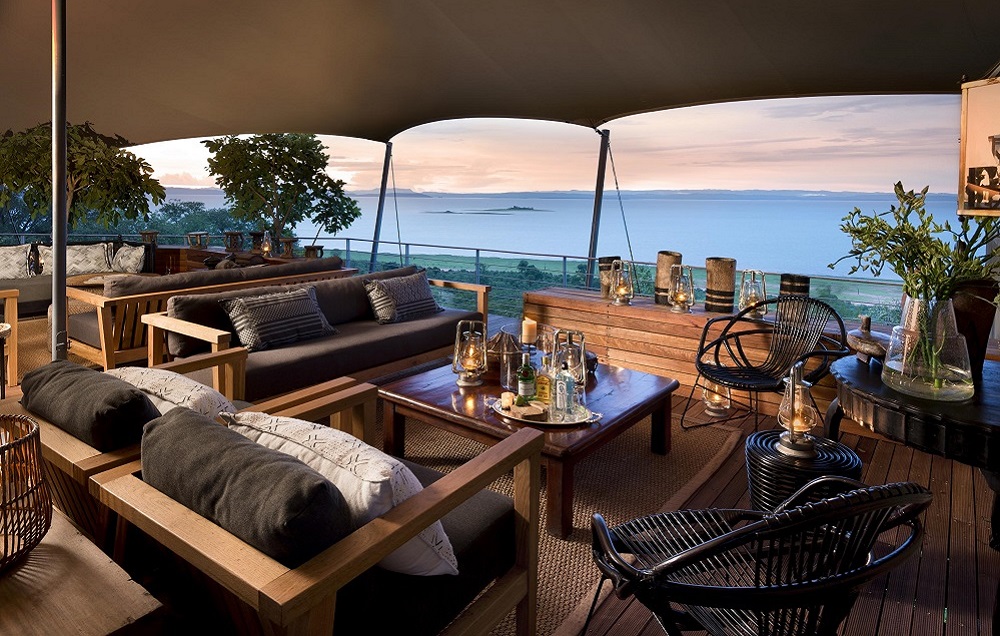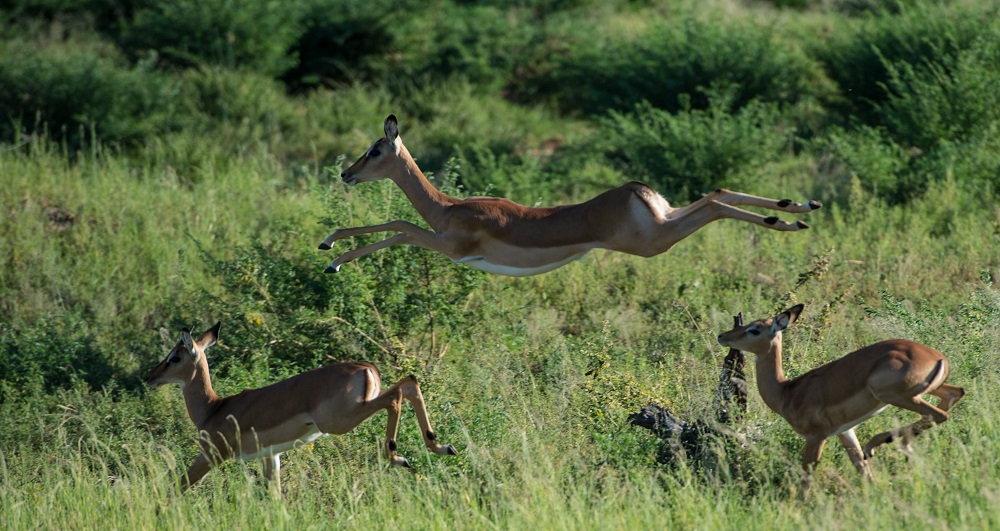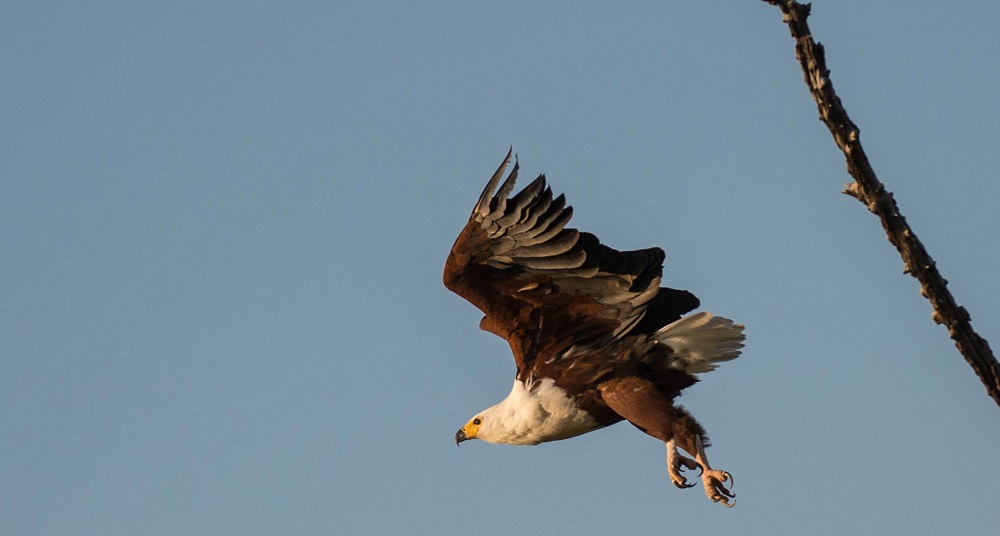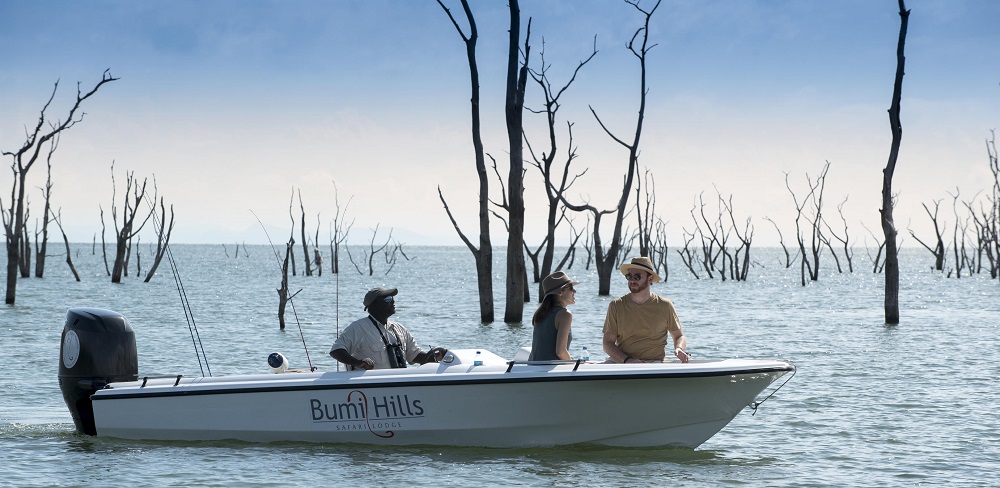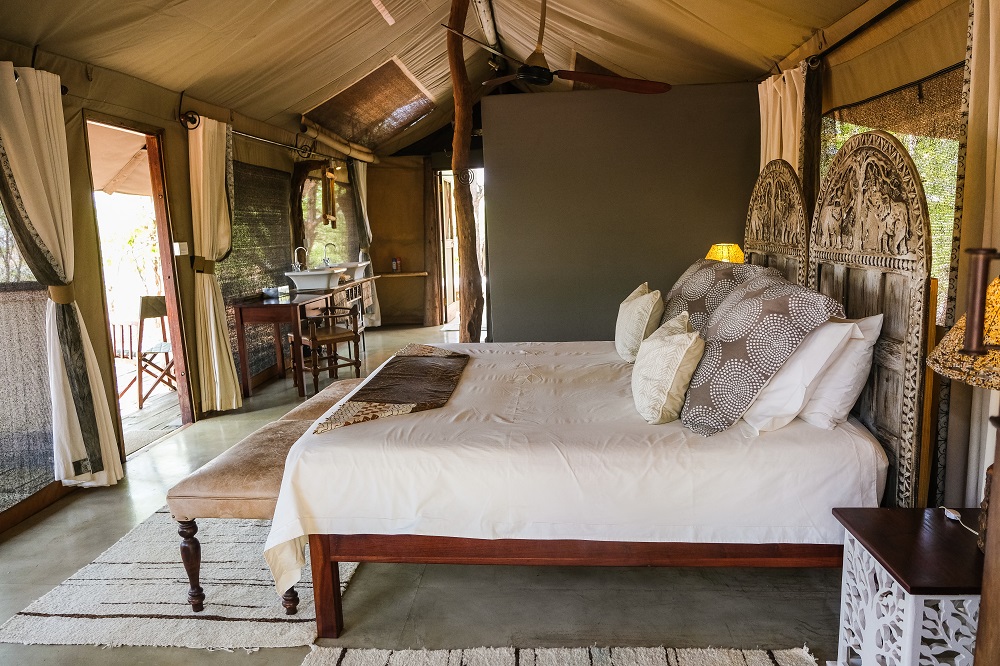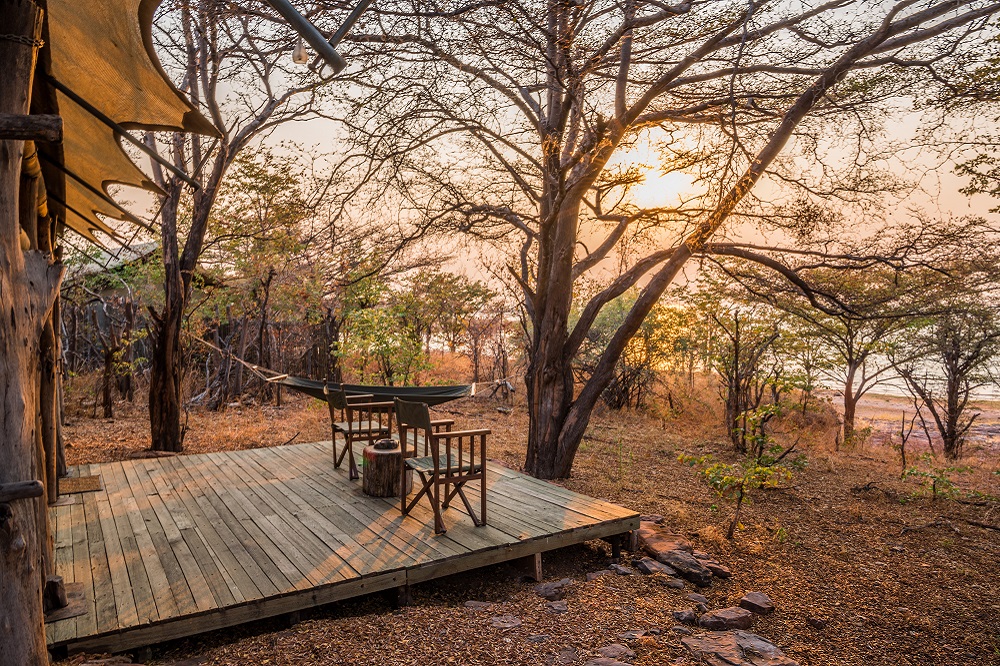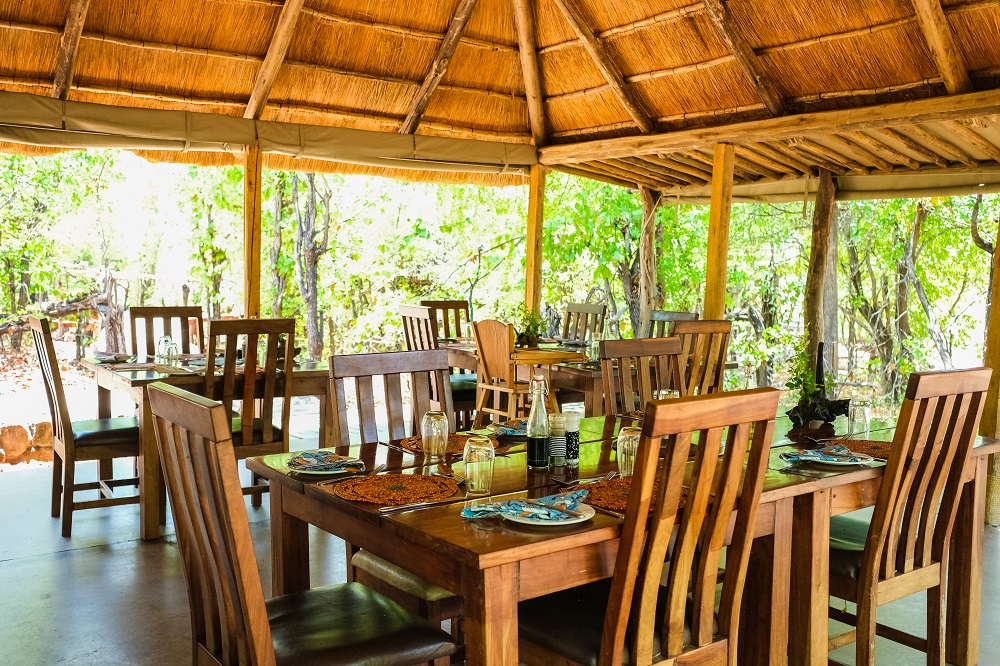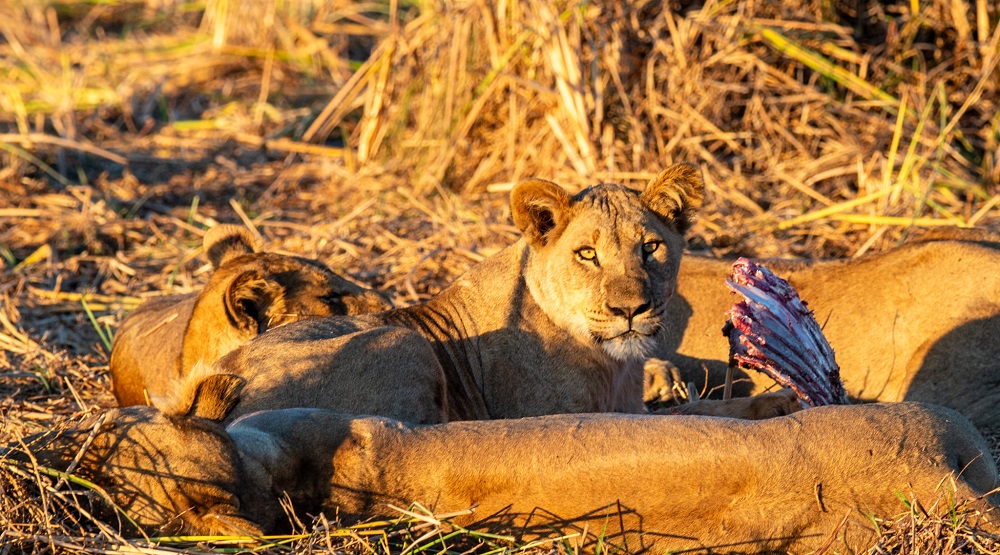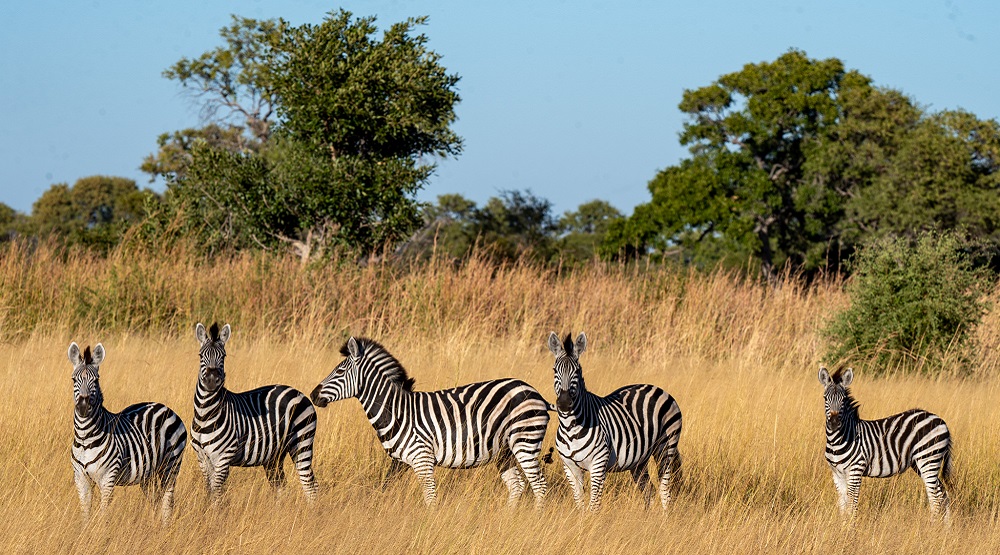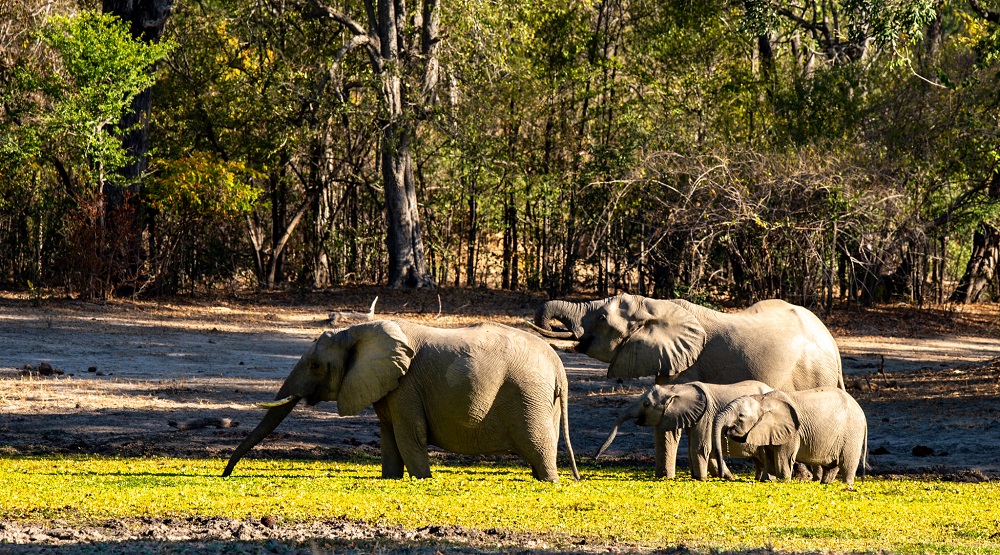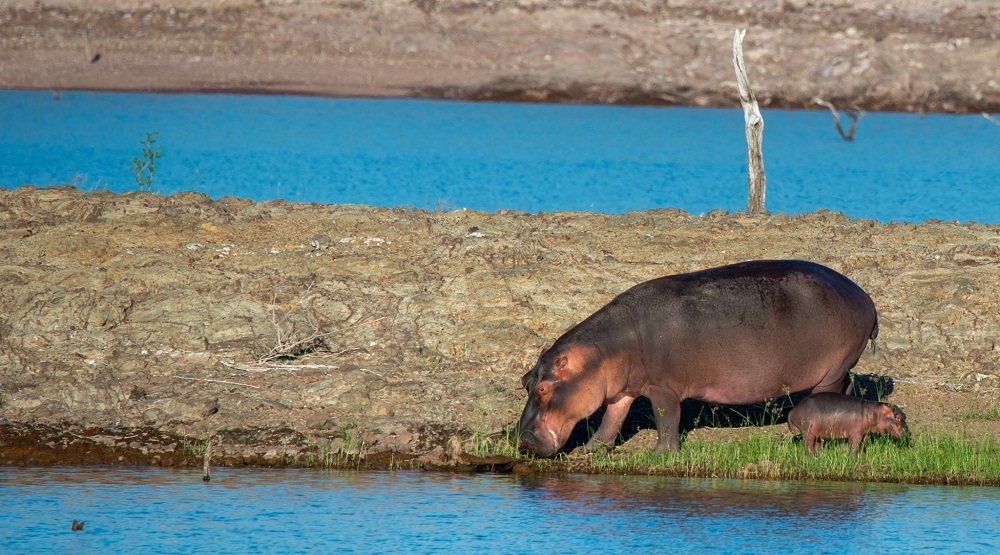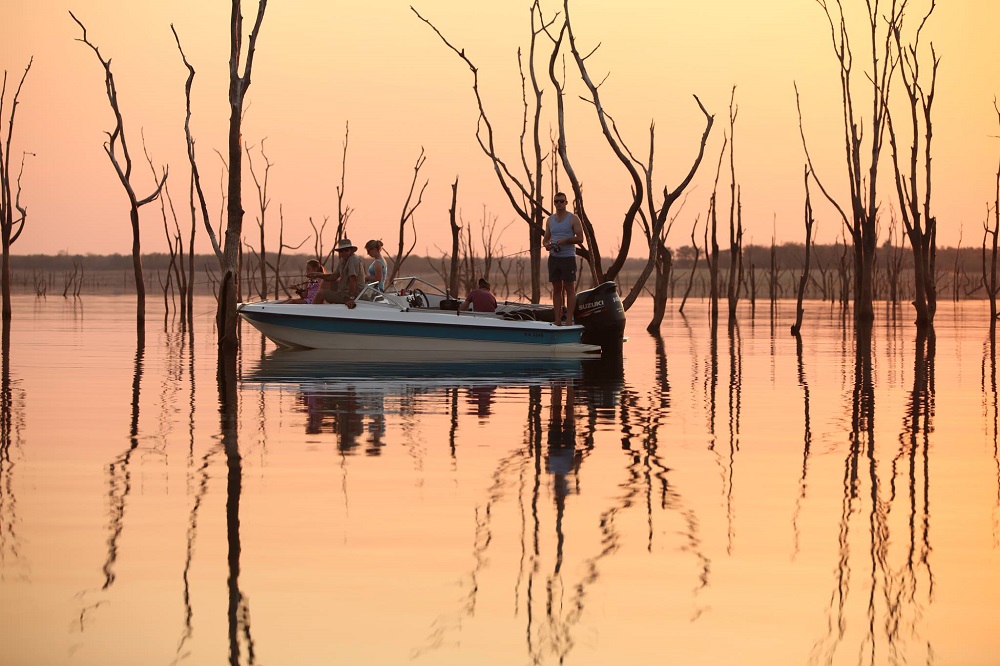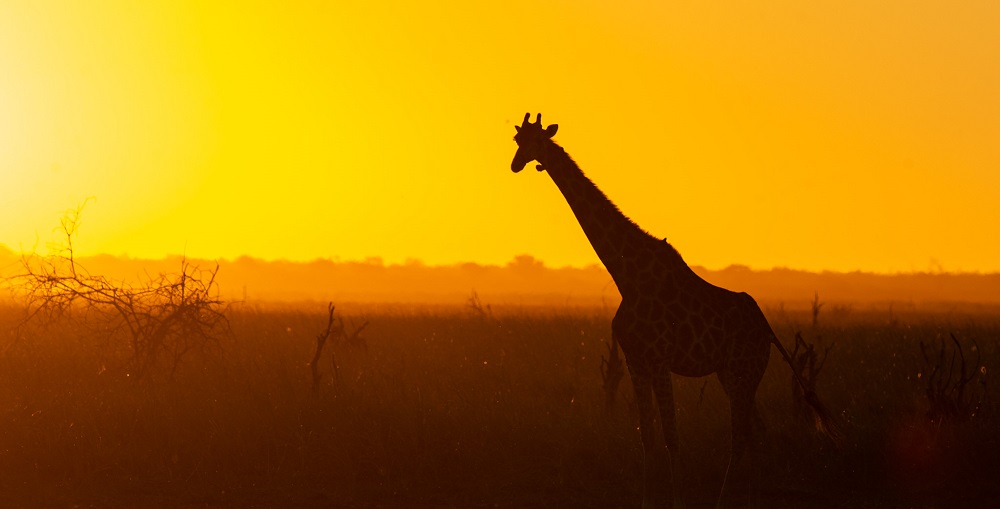Over the last thirty years plus since Fish Eagle Safaris came into being, our team members have been fortunate to observe thousands of elephants. Even so, there is not one among us who will ever tire or become bored of finding and observing these amazing beasts. They are at the heart of a successful safari and like so many other passionate wildlife enthusiasts, we can and do watch them for hours on end. There are elephants in many areas of eastern and Southern Africa, but these five locations are standouts:
Amboseli National Park
Two things elevate the elephants of Amboseli National Park into superstar status. The one is the fact that they – alone among all the many thousands of African elephants – are the only ones which live and breathe in the rain shadow of Mt Kilimanjaro. With a little bit of luck and skill – and a guide who will already be primed to do this – you too can take a photo putting the elephants between you and the mountain. It’s not too difficult and the results are stellar.
What is the other thing about Amboseli elephants which makes them special? Their white tusks. But don’t all elephants have white tusks? Indeed they do but if there were a dental whiteness standard for elephants as there is for human teeth, then the Amboseli tuskers would be practically off the charts on the bright side. The reason? Observe Amboseli’s elephants for a day or two and you’ll quickly figure it out. They are continuously moving between the woodlands and the swamps. In the swamps they practically submerge themselves while rooting around for edible plants. In the process undergoing a repeated and ongoing tusk cleanup, more effective than any giant elephant toothbrush ever could be.
Chobe National Park, Botswana
Botswana is a reliably good elephant destination and specifically so along the Chobe and Linyanti River, as well as along the Selinda Spillway and Savuti Channel. In those places, elephants gather in their hundreds and sometimes thousands during the dry season as they are dependent on water, having to drink at least once every couple of days or so. By June and through October, this is where they can be seen moving to the water, drinking from it and often getting into it. A Chobe and Linyanti highlight is to see small groups of elephants swimming to nearby islands or simply splashing around. Ideally visitors to the area should spend a good amount of time in the water themselves. On a boat, of course.
The stable platform provided by a boat or skiff is ideal for photography in a spot which is invariably chockablock with subjects: not only the elephants but also as many as three or four species of kingfishers; and several ducks, geese, egrets, cormorants, herons, bee-eaters and storks. Plus an abundance of hippos and Nile crocodiles.
Tsavo East, Kenya
If I had to pick just one favorite spot in all of Kenya with its incredible diversity it would have to be Galdessa Camp on the Galana River, in Tsavo East. At the very base of the intriguing Yatta plateau – the remnant of the world’s longest lava flow – Galdessa is a simply magical spot. Spend half an hour gazing out over the usually tranquil Galana River, and you’ll almost certainly see some interesting birds and mammals in or close to it. Stick around a little longer and an elephant trunk is likely to be extended up and over the edge of the embankment, silently imploring you to roll a tasty doum palm fruit in its general direction. Several elephants habitually swing by the property to avail themselves of these free treats.
The undisputed #1 activity from Galana – which is operated by Sheldrick Wildlife Trust – is a half day trip to the Voi Reintegration unit. This is where your fondest elephant dreams come true. Where you come face-to-face with several subadult elephant orphans being readied for release back into the wilderness. Observe their camaraderie, their unbridled joie de vivre, and reflect how every one of them initially made it to the Sheldrick elephant as orphans. Hungry, lonely, lost little souls, somehow separated from their mothers. Seeing them happy and content, feeding, drinking and playing with the other members of their peer group (they are usually released back into the wilderness together) is one of the most heartwarming, most inspirational, simply magical Africa experiences out there.
Mashatu, SE Botswana
Listen to a group of travelers talking about their upcoming trip to Botswana and you’ll hear them mention the Okavango Delta, Chobe, Moremi. Maybe Kalahari. What you won’t hear is Mashatu. Which is a pity as Mashatu is one of Botswana’s best destinations for elephants – and the big cats. Unquestionably, Mashatu private game reserve in the Tuli block in southeastern Botswana is a hugely underrated safari destination.
Over the course of several visits over the years we have experienced some amazing sightings at Mashatu, several revolving around elephants. The undisputed highlights were a couple of sessions at Mashatu’s Matebole elephant hide. Elephant aficionado heaven. Observe as one, two, a few and then an entire herd of elephants walk right into your field of view, just a few meters away. Put aside the telephoto lens – this is wide angle stuff. Youngsters pushing each other around, big bulls scaring everyone, tiny babies not knowing what their trunks are for. At the height of the dry season it can be an intense experience with even the observers sensing the desperation, sympathizing with the survival instincts so starkly on display there.
While one can never get tired of watching elephants and elephant behavior, Mashatu has plenty of other things to see and do. Spend three or four nights there and you’re likely to see lots of plains game species as well as lions and leopards, and perhaps even cheetahs. They are not always present, but when they are, they are relatively easily seen being diurnal cats which roam around, hunt and kill during the day.
Mashatu lends itself to foot safaris, which can be done in lieu of a game drive at no additional cost, or which can be added as an extra activity at nominal additional cost. At additional cost (not a lot) you can prebook a photographic session in the elephant hide, or embark on a mountain bike safari. If you’re a proficient horseback rider, you may wish to saddle up and go out into the wilderness on a horseback safari.
Hwange National Park, Zimbabwe
With more than 45,000 elephants resident in greater Hwange National Park, with some seasonal movements mostly within the park, Hwange is solidly in the top three best elephant destinations in Africa. Several of our most memorable elephant viewing experiences occurred at waterholes in Hwange, among others on outings from four Imvelo properties – Jozibanini, Camelthorn, Nehimba and Bomani – and from three Wilderness camps namely Davison’s, Little Makalolo and Linkwasha. In another blog post which can be found here, you can read more about Hwange and what makes it special, beyond the elephants.
On a safari some years ago, Kathy and I were sitting just outside the vehicle on the side of the Makalolo Pan in southern Hwange late one afternoon, observing one after another herd of elephants coming to the water. It was early November and still bone dry, with no early rain having fallen. As a result, the stream of elephants coming to the waterhole was practically never-ending. Herd after herd after herd emerged from the edge of the woodland, the youngsters running ahead in boisterous fashion, all intent on quenching what is usually a substantial thirst in the dry season. We would watch as the elephants initially focused – almost exclusively – on just getting in as much water as fast as they could. Trunkful after trunkful, their huge heads and tusks would go up and down, sometimes in tandem with the other elephants around. Which was the cue for us to press the shutter release buttons on our cameras. Getting a bit of synchronicity into a wildlife photo can be appealing.
And then the unexpected happened. On that afternoon, Kathy and I each had a camera focused on the elephants. When the shutter release sound on her camera suddenly stopped, I wondered what was going on and looked to my right, where she was seated. She was looking directly at me, wide-eyed and used a small head movement to prompt me to look behind her. I immediately realized what was happening. A huge herd of elephants was in the process of approaching the waterhole from the side where we were parked. They split left and right of the vehicle, streaming past on our right and left, very close by. Hence the interrupted photography. We looked at our Wilderness guide who gave us a thumbs up sign, indicating that all was fine and that we were in no danger.
For a few minutes there, we sat in awe of the huge beasts softly trundling past us in the direction of the water. Almost without a sound – the massive pads on their feet muffling the sounds of their footsteps – they glided right by us with no more than the occasional cautionary glance. In the late afternoon light they were beautifully lit and we could see the finest details on their massive heads and trunks, their gleaming tusks and finely rippled, charcoal grey hides. It was awesome in the old-fashioned sense of the word. I like to think that there was nothing we could have done to have improved on the experience. It was as perfect as an encounter with wild animals could be: the elephants were not displaced or distressed in any way, not scared or disturbed. Which is of course how one ideally wants every interaction with wild animals to go. Spellbinding and fascinating, yet not intrusive or disruptive.
There are a myriad of safari options where one or more of these elephant havens can be included in a thoughtful and practical way. Particularly for a first safari but certainly not exclusively so – we think it is essential to include a really great elephant experience: Amboseli, the Chobe-Linyanti-Selinda corridor, Tsavo East, Mashatu and Hwange all fit the bill. So email Bert at bert@fisheaglesafaris.com to help you figure out a plan for your next trip to do just that. Or call us at
Fish Eagle Safaris Inc. at 1-800-513-5222 or 713-467-5222 any time; we will get back to you promptly.


